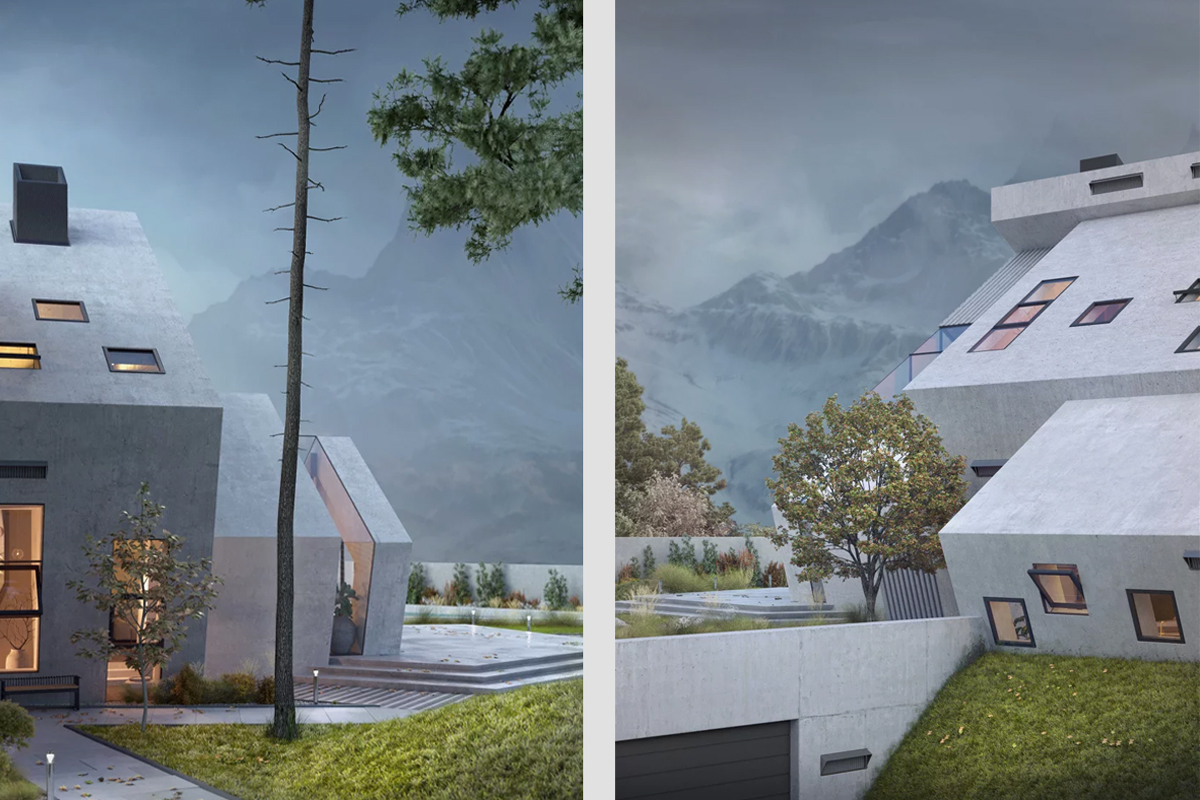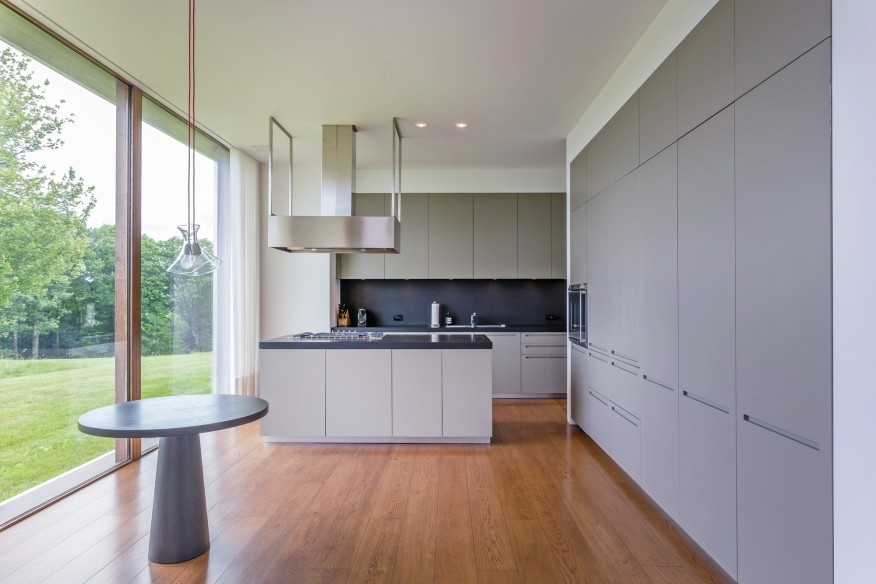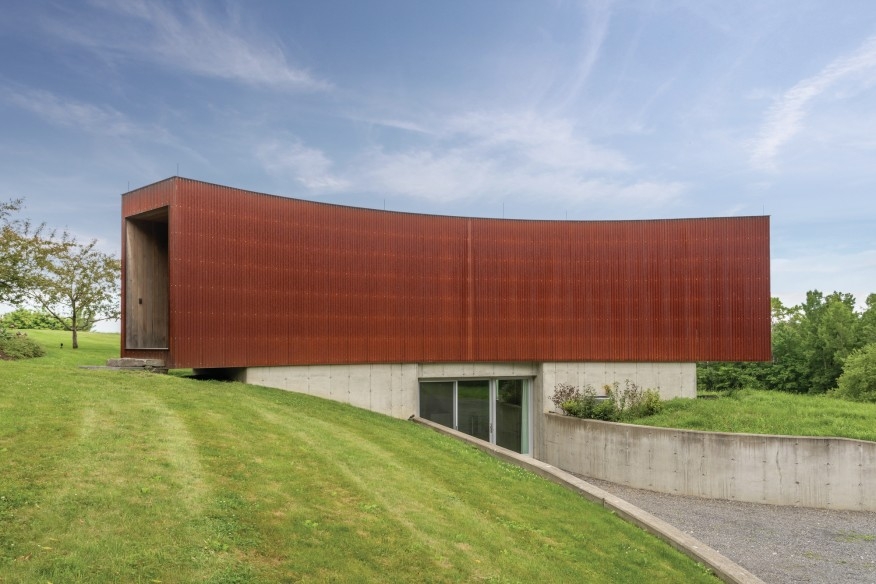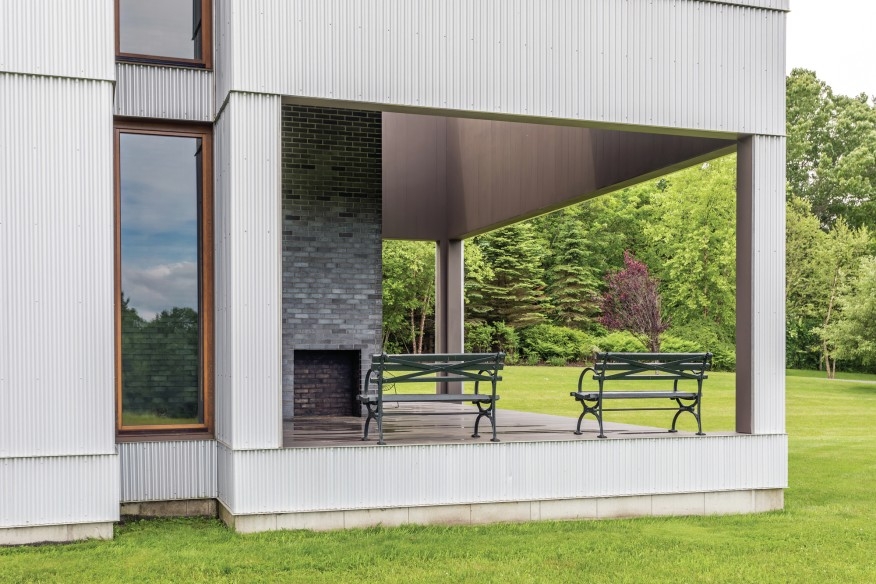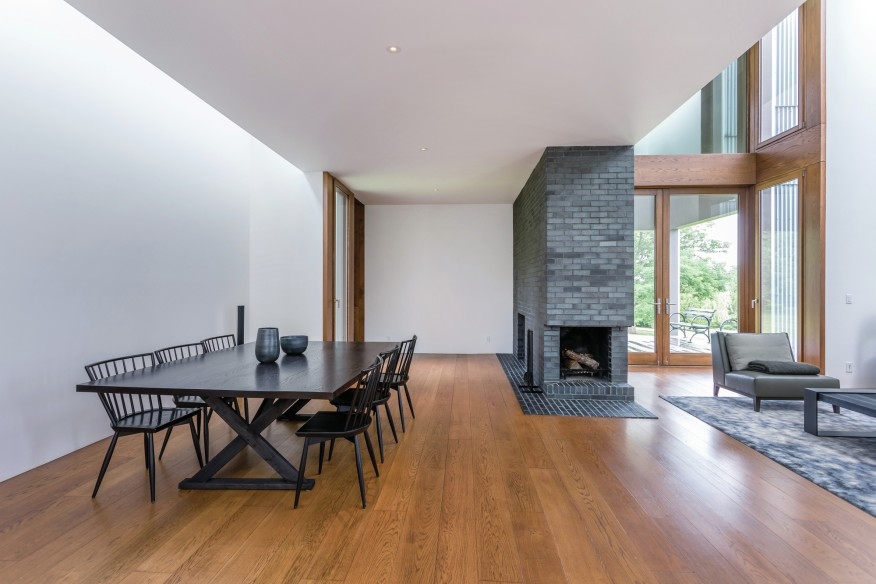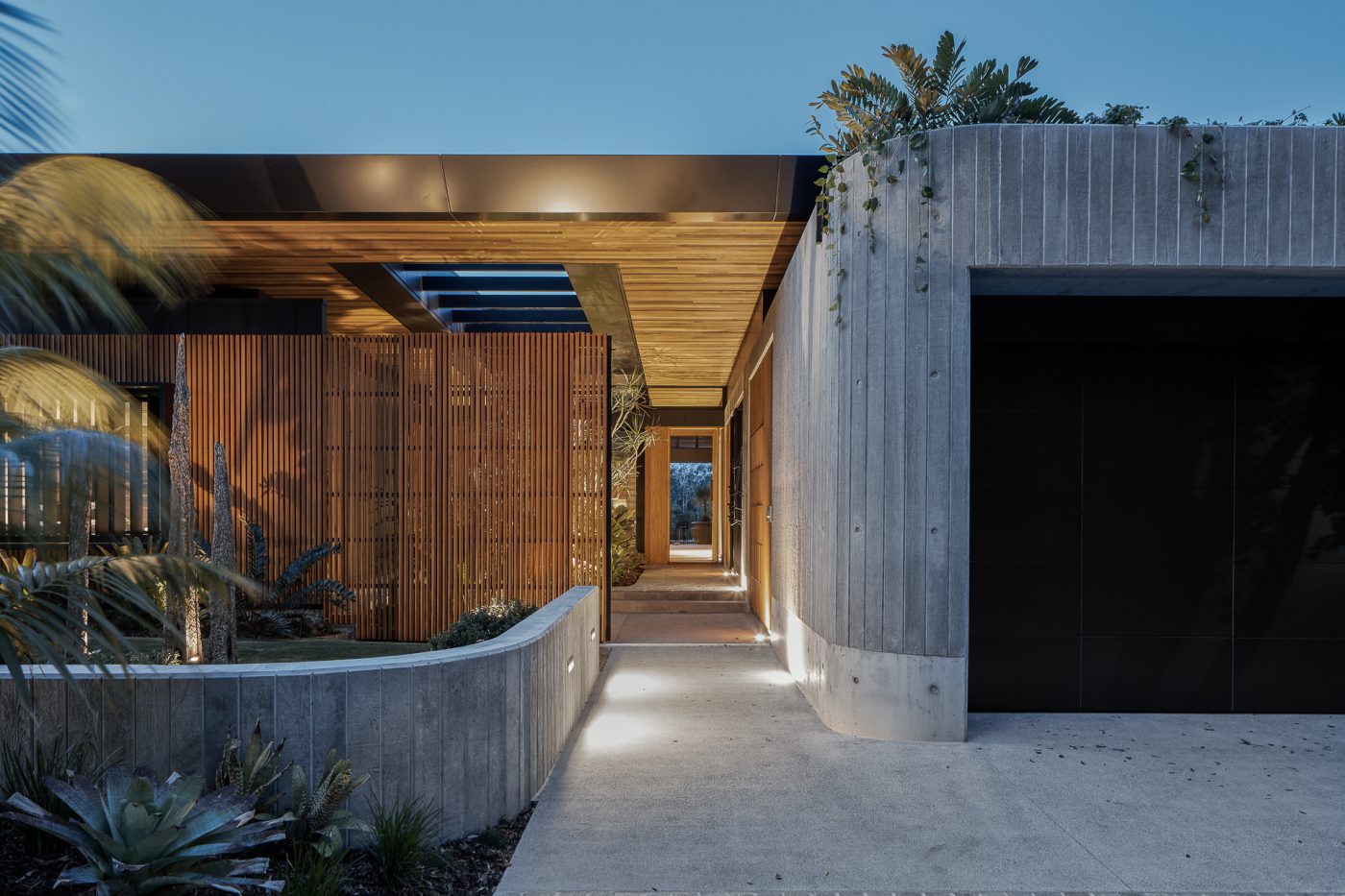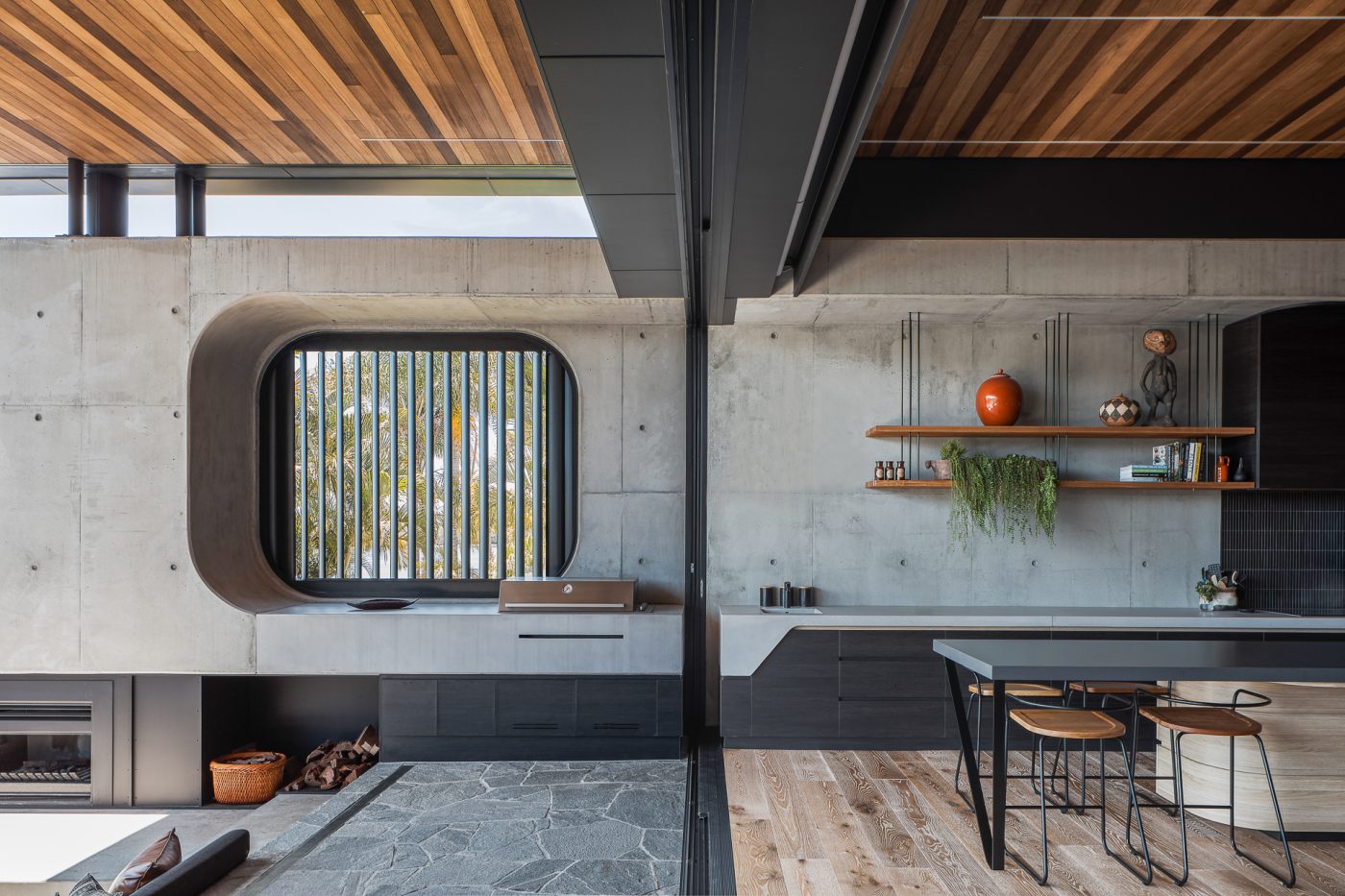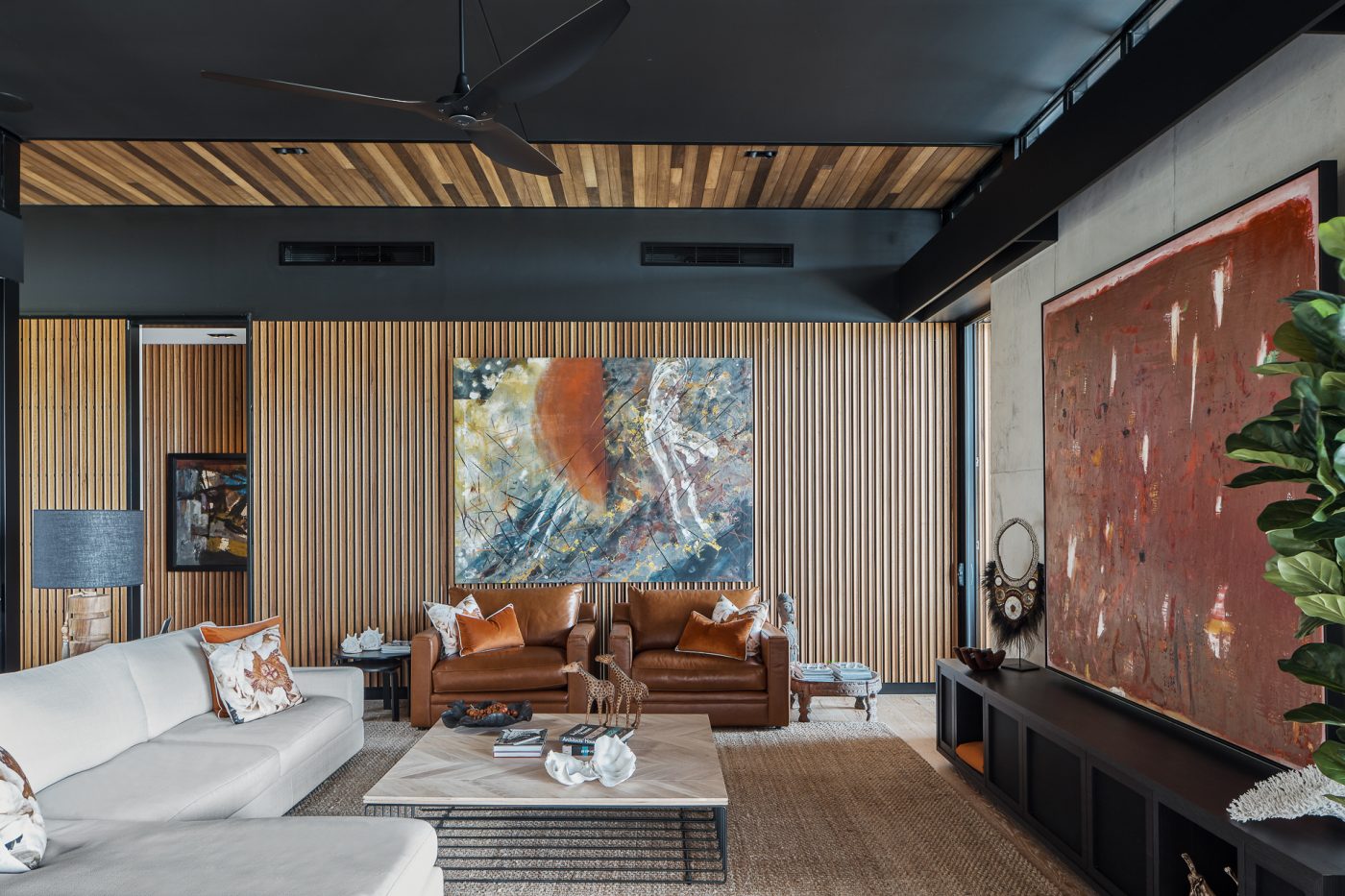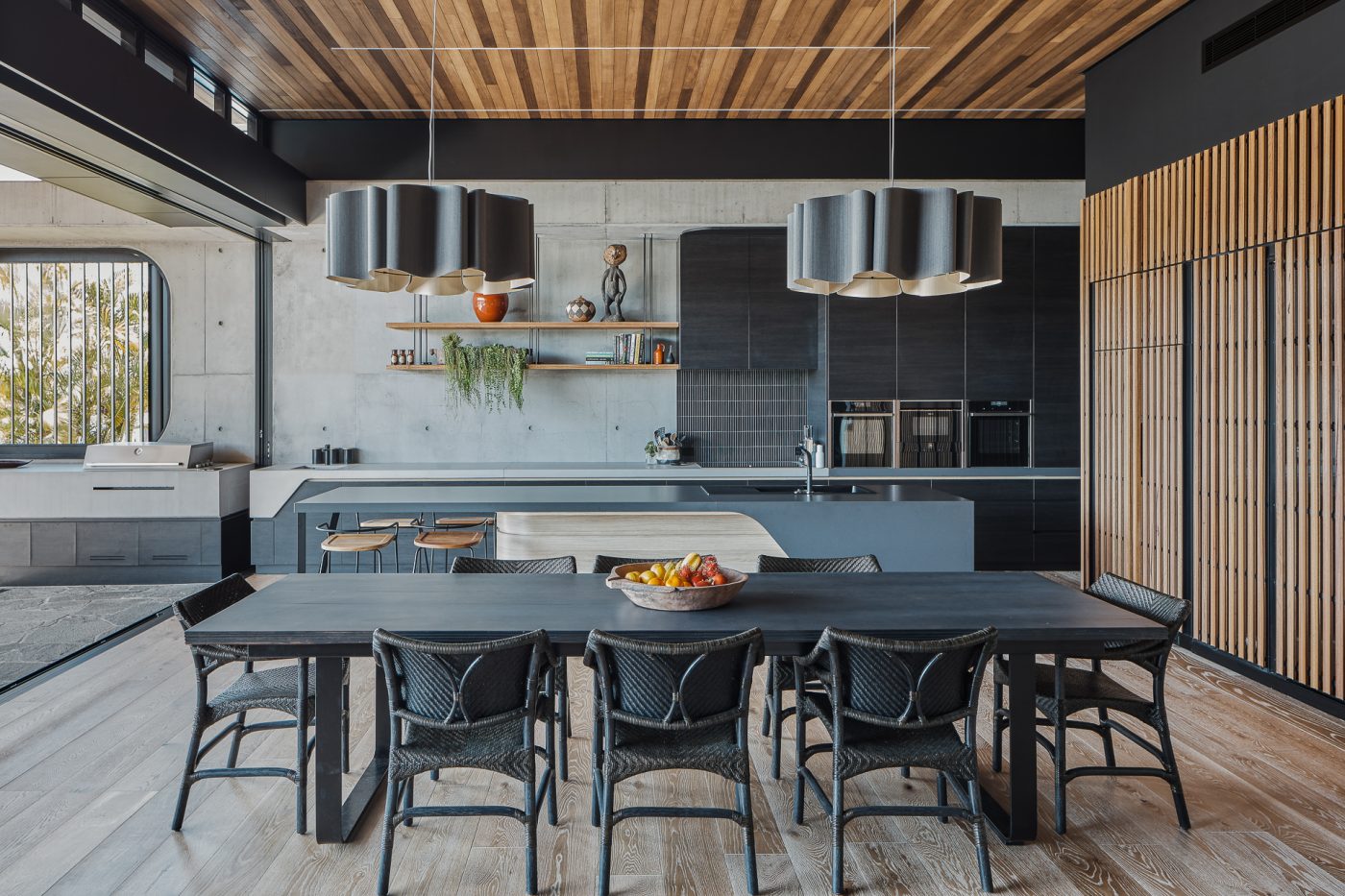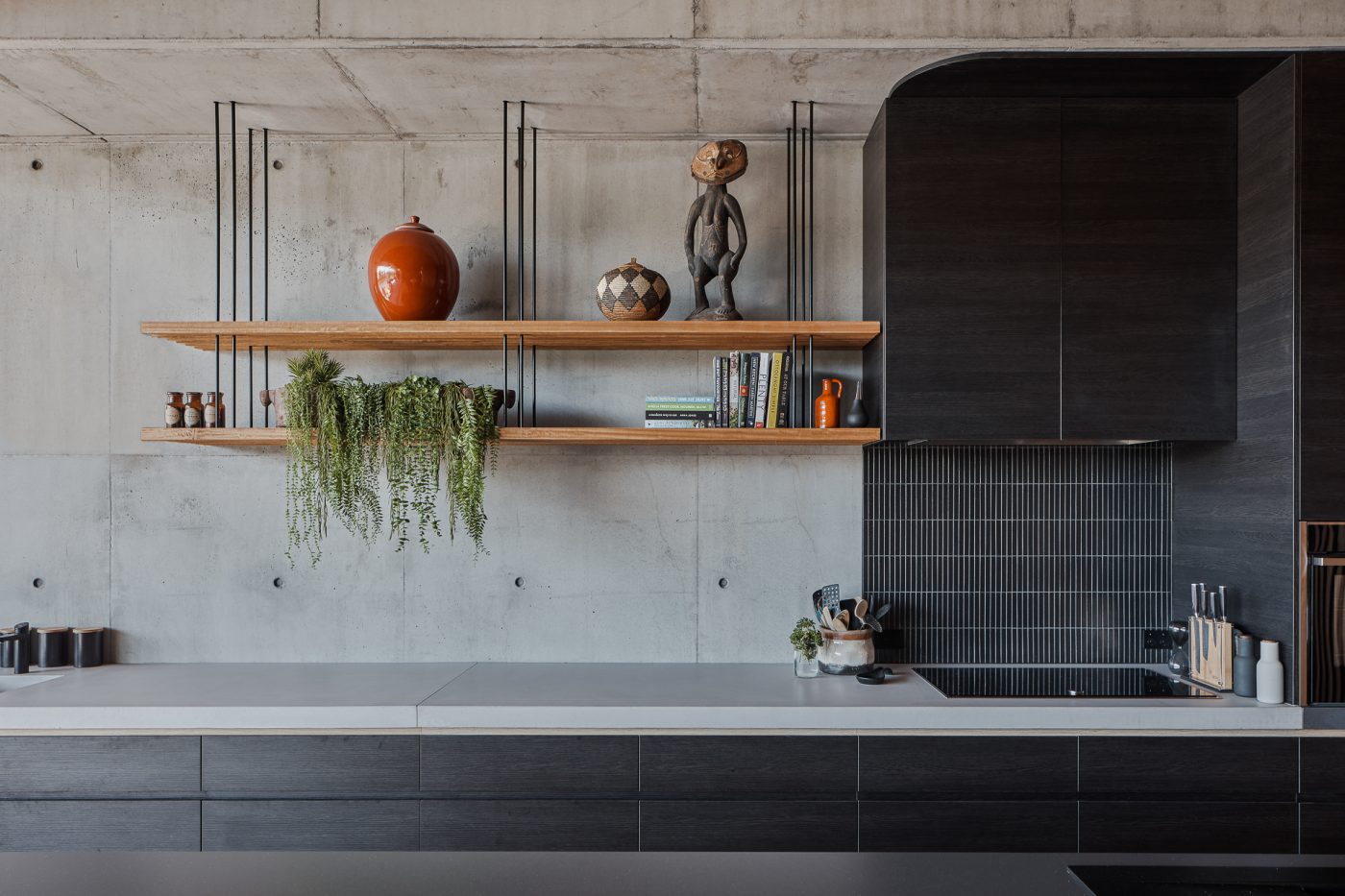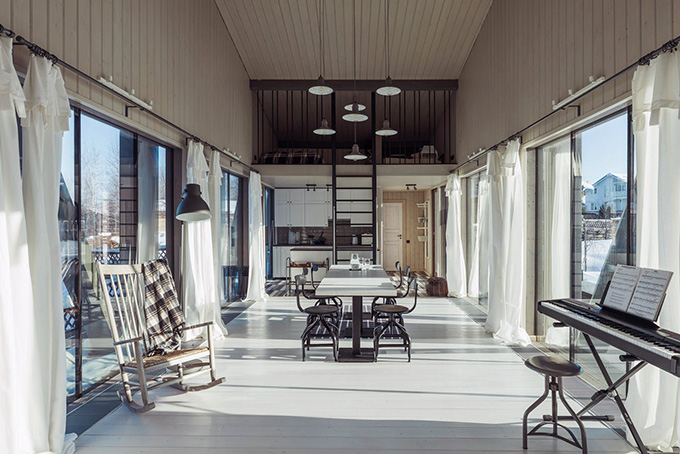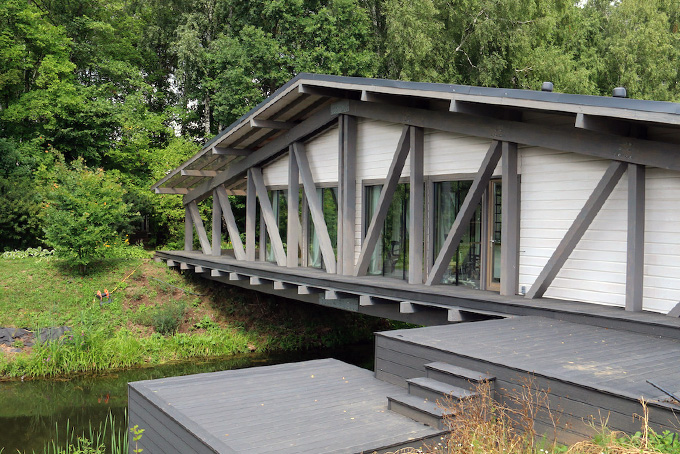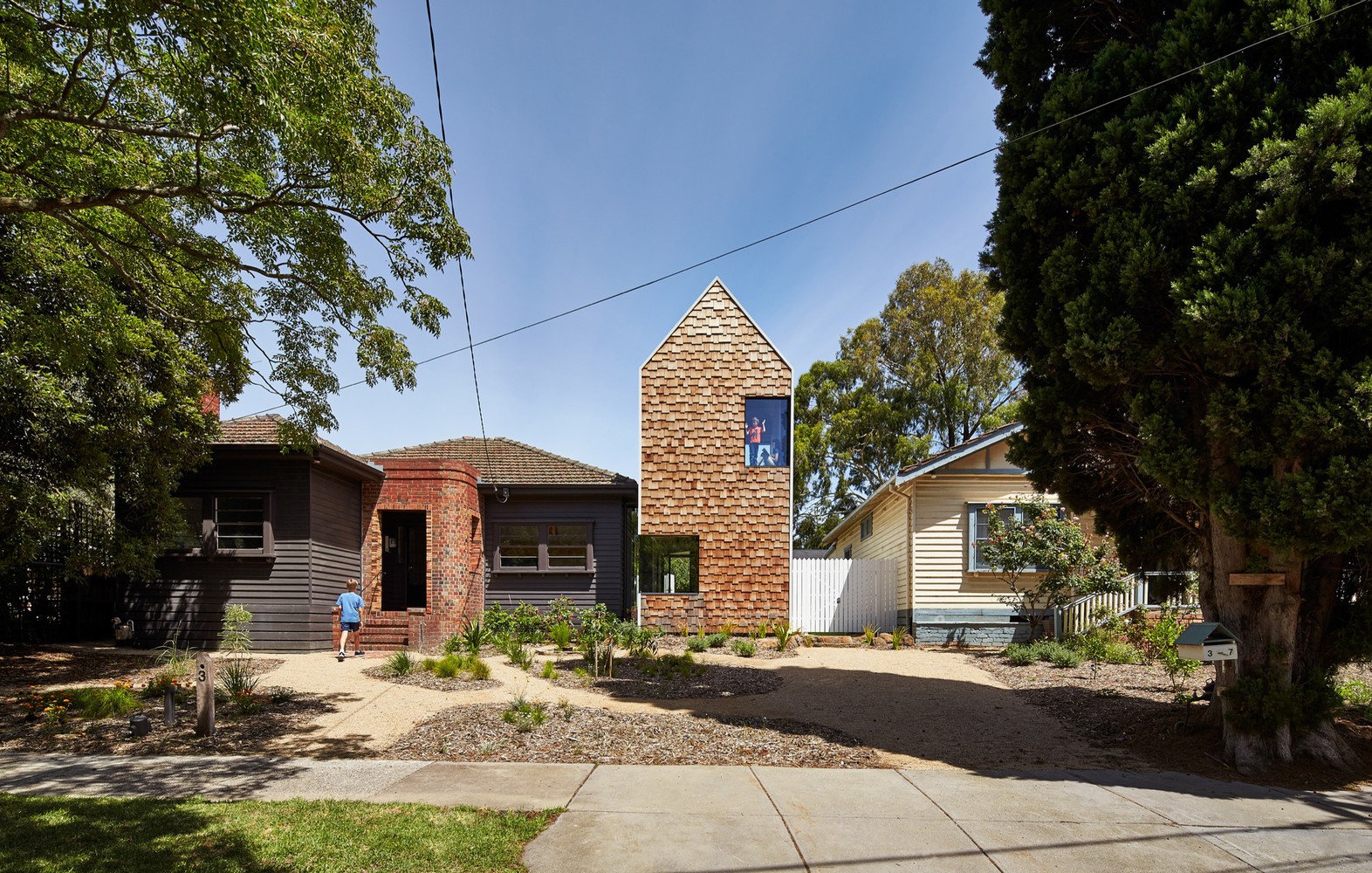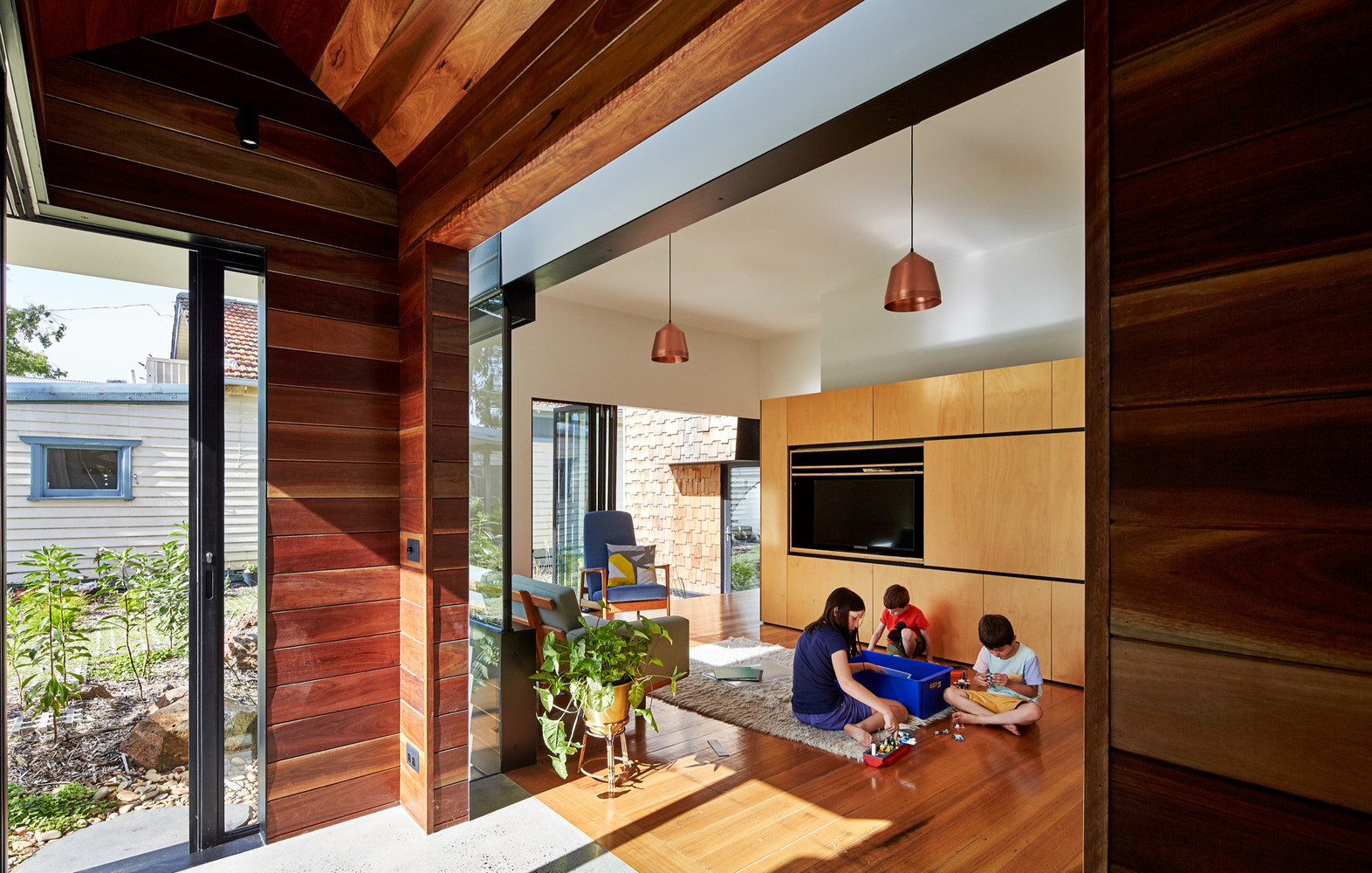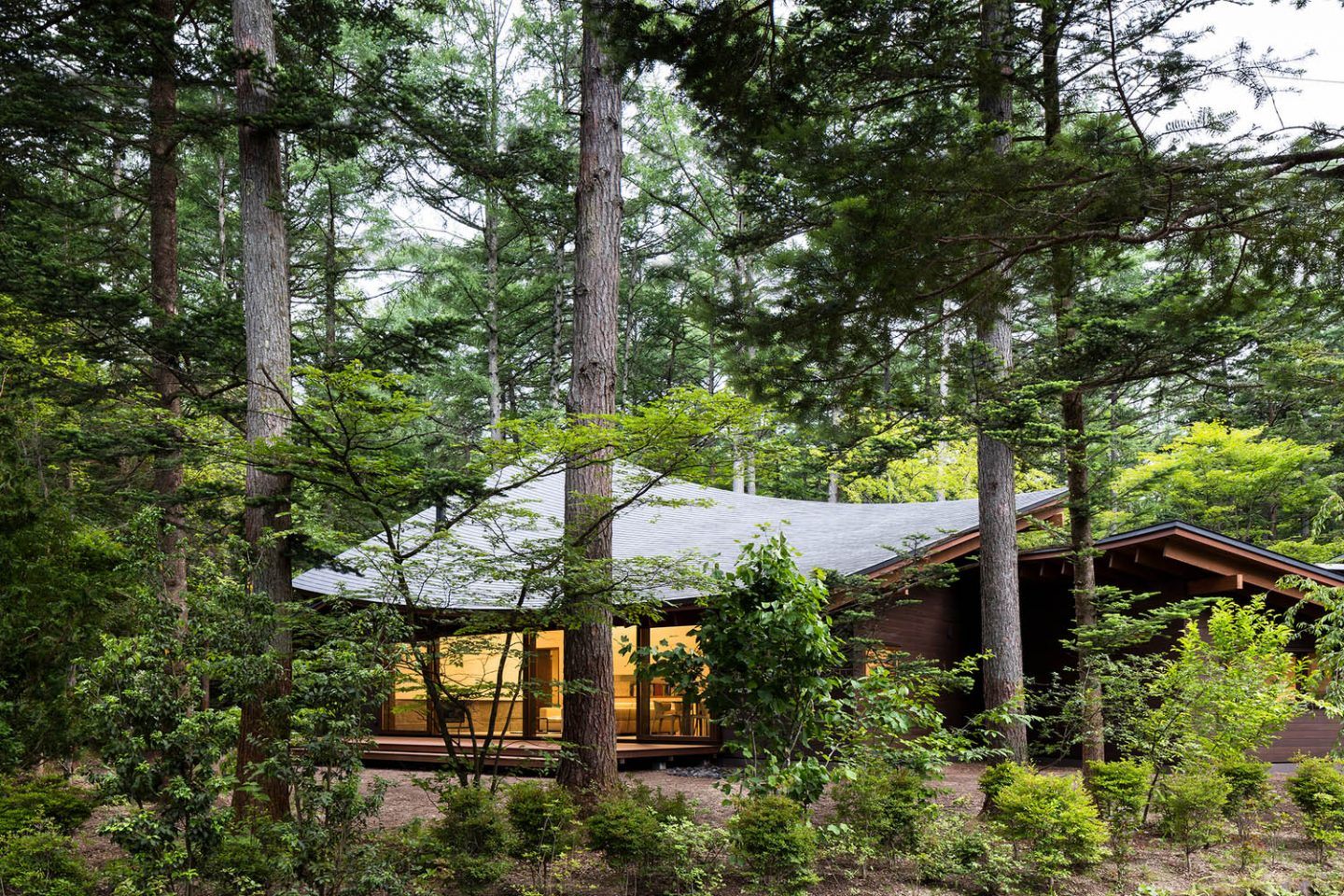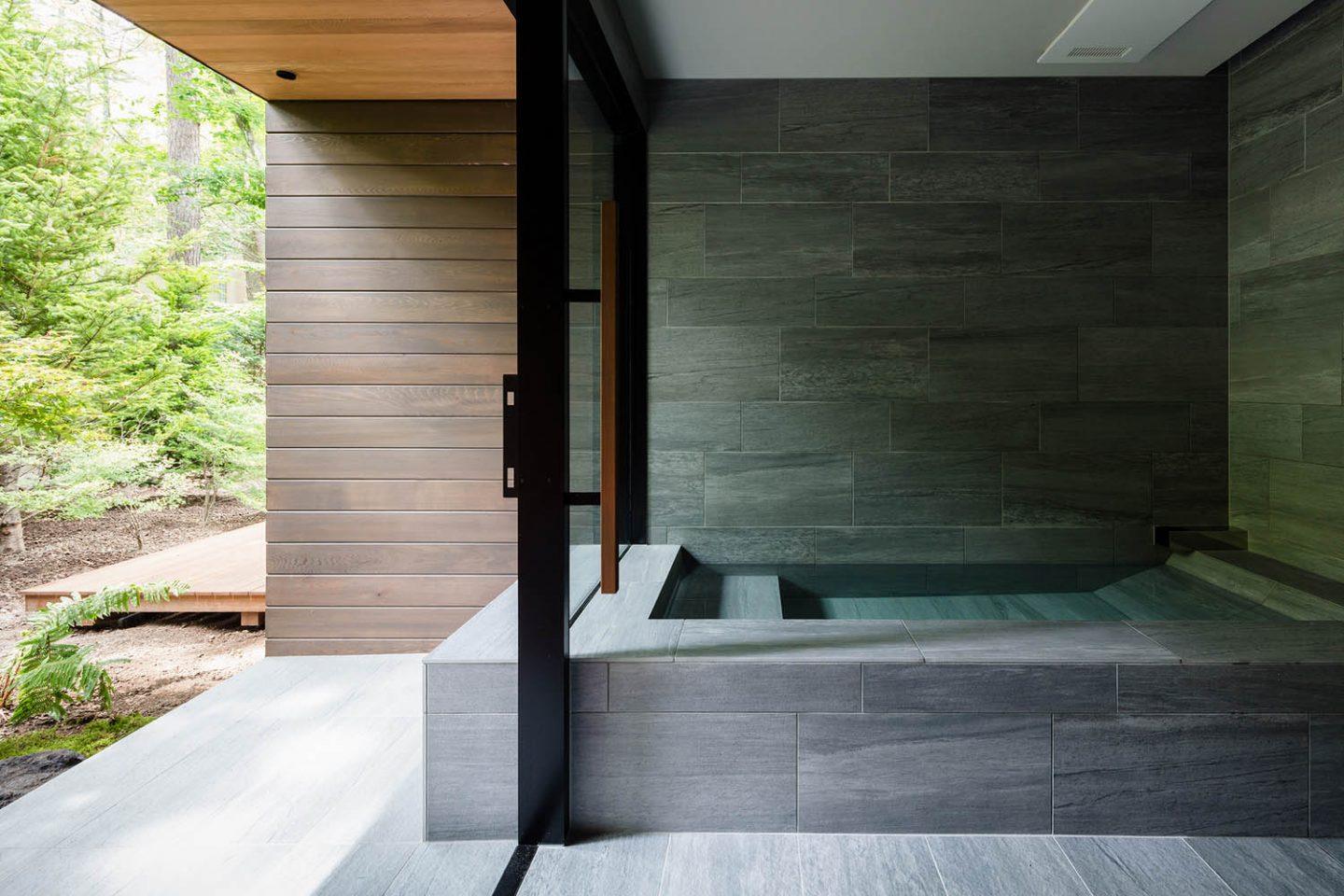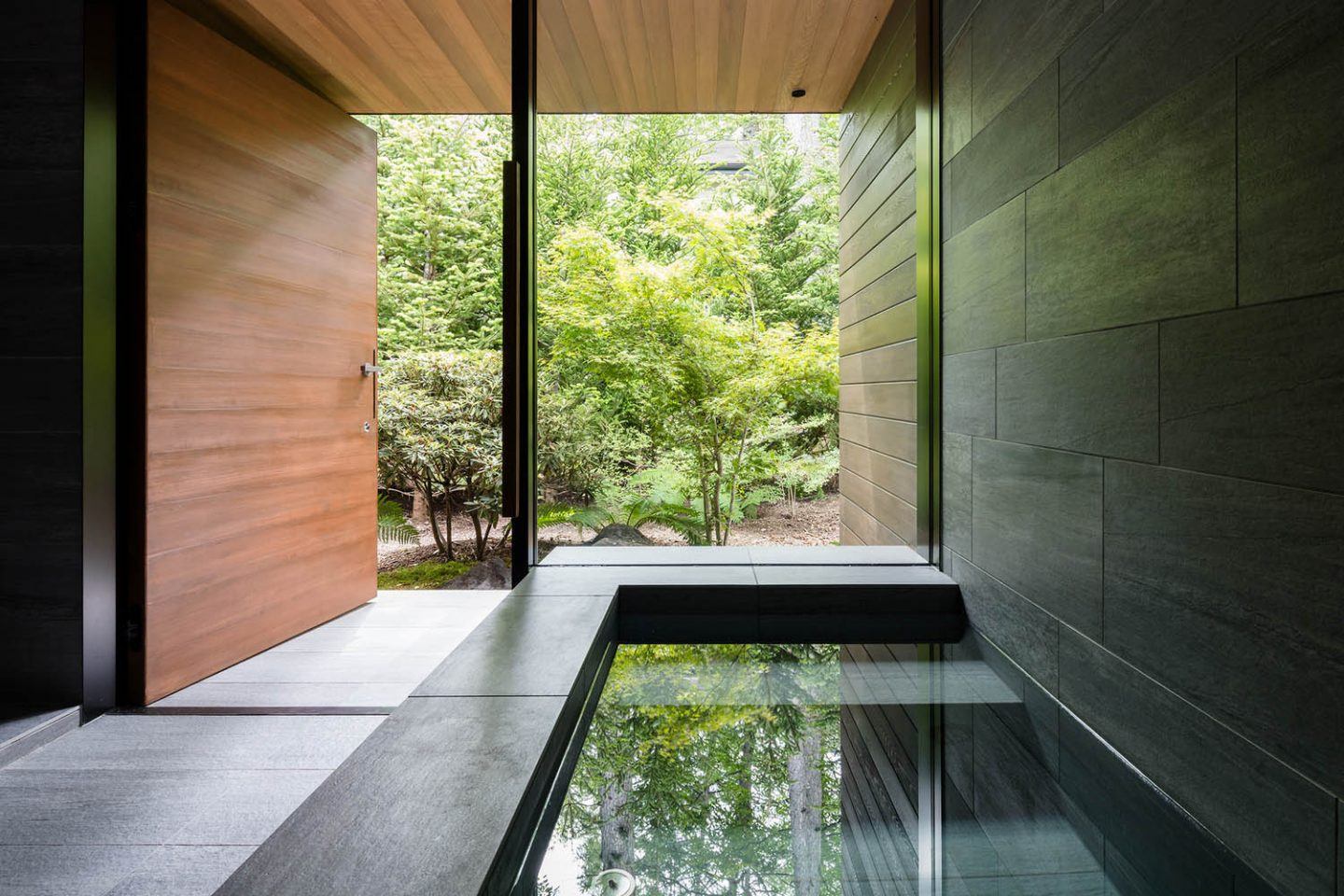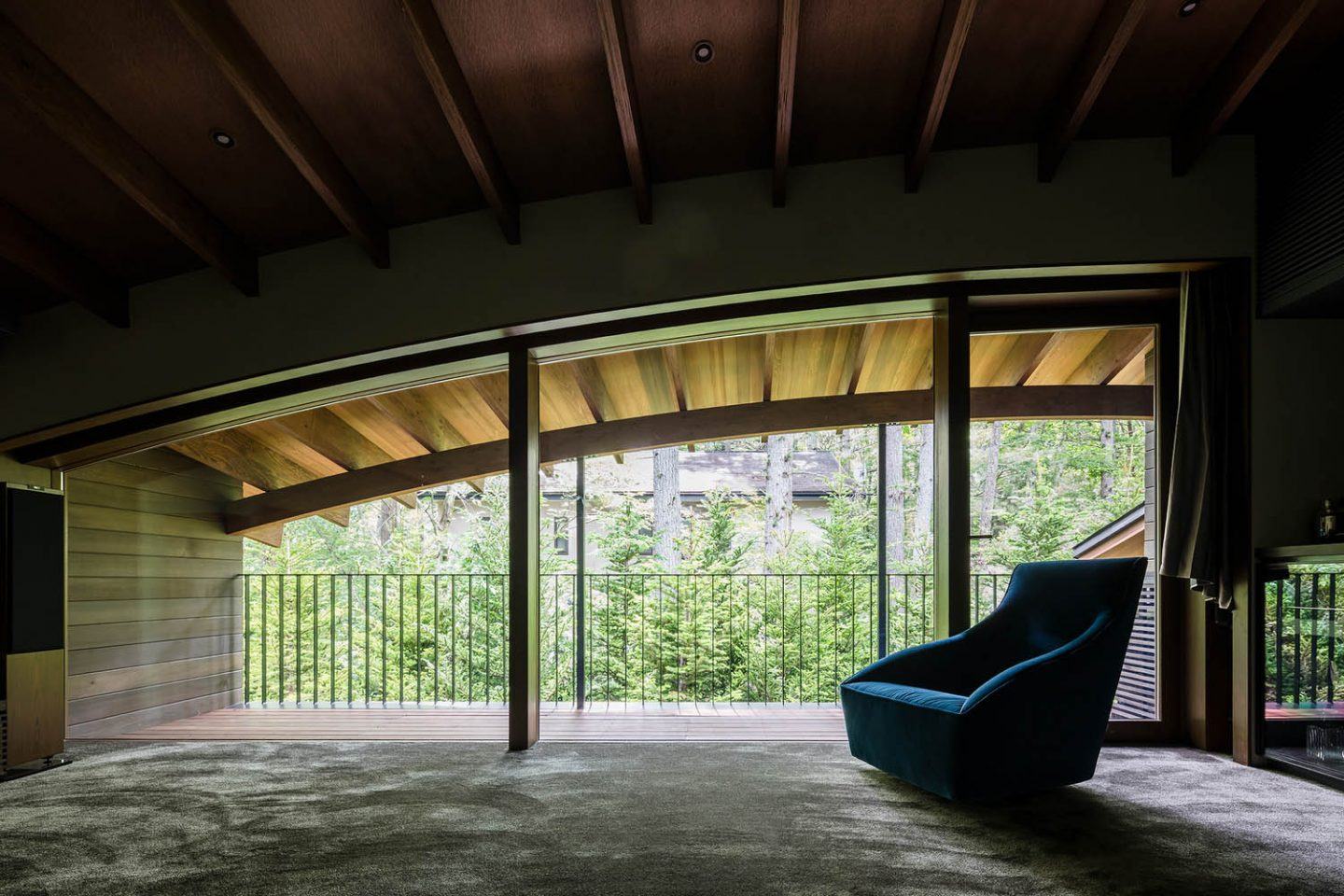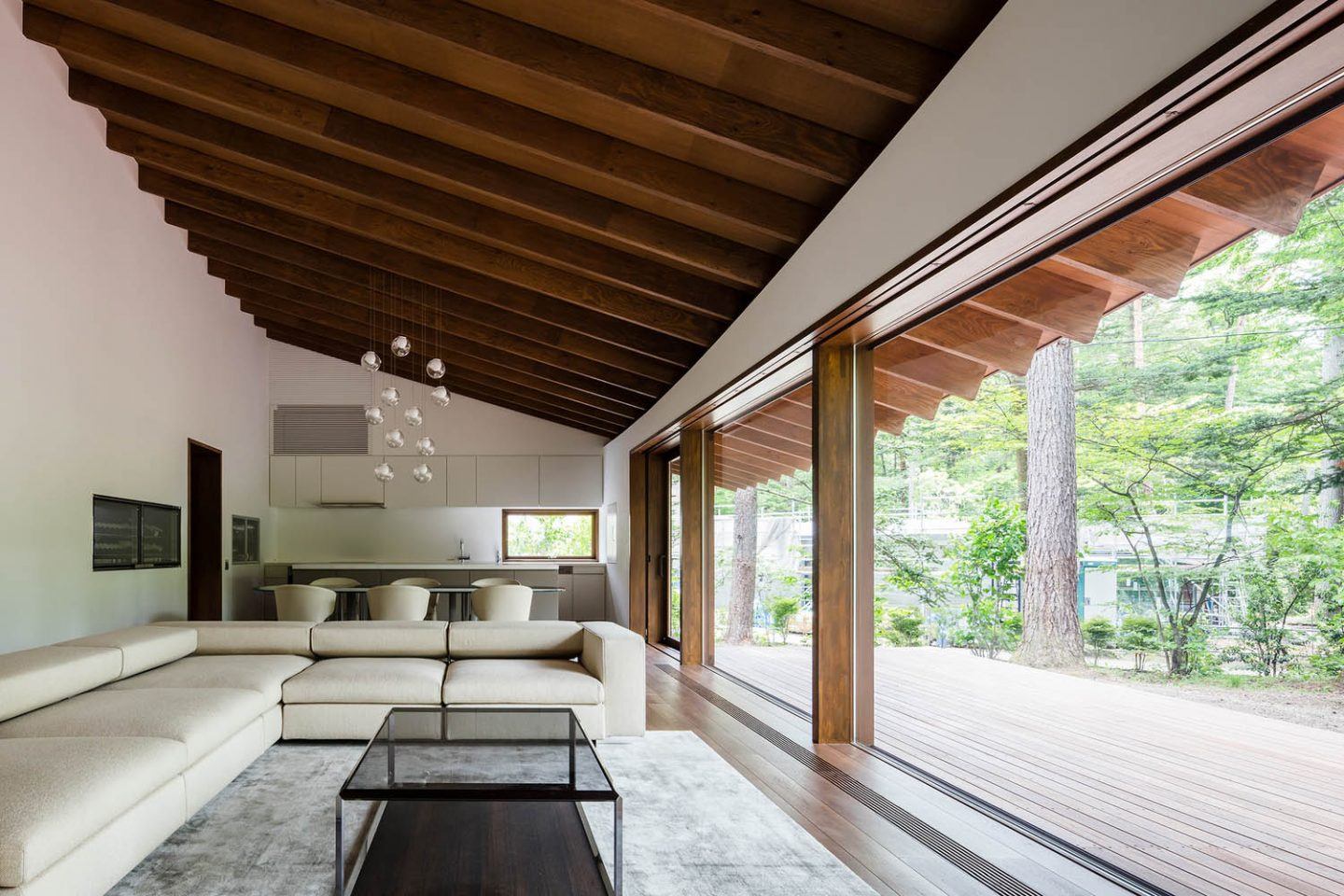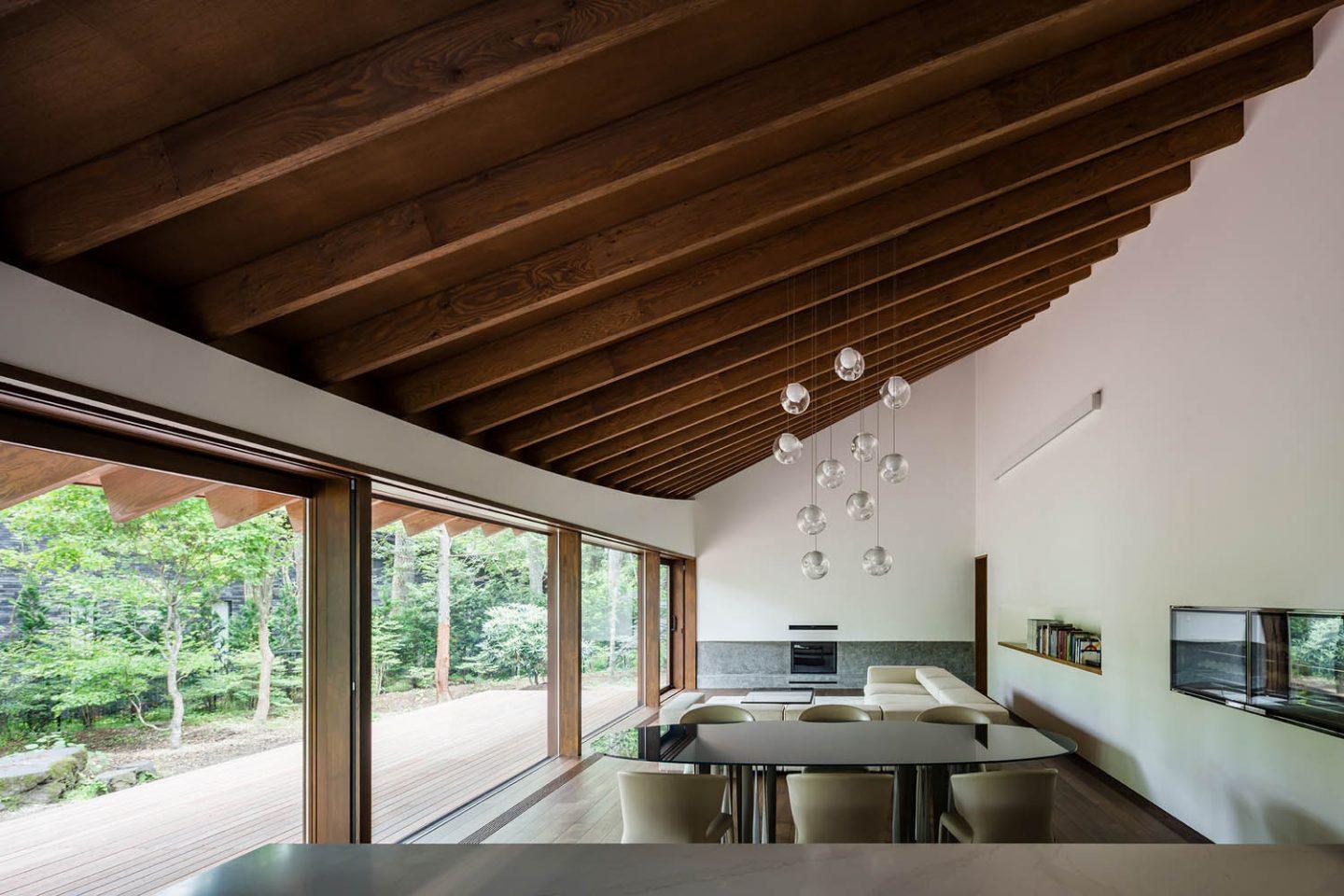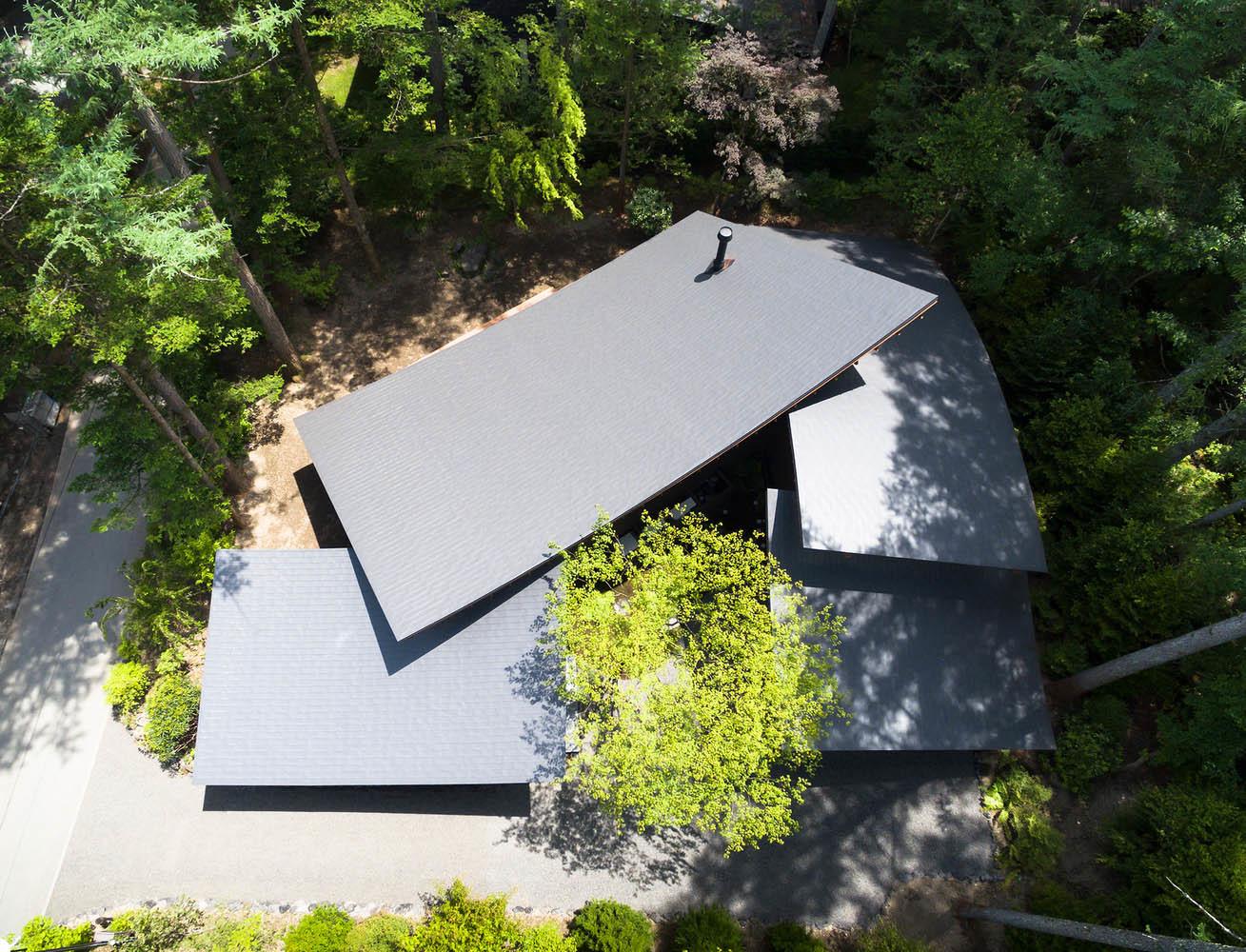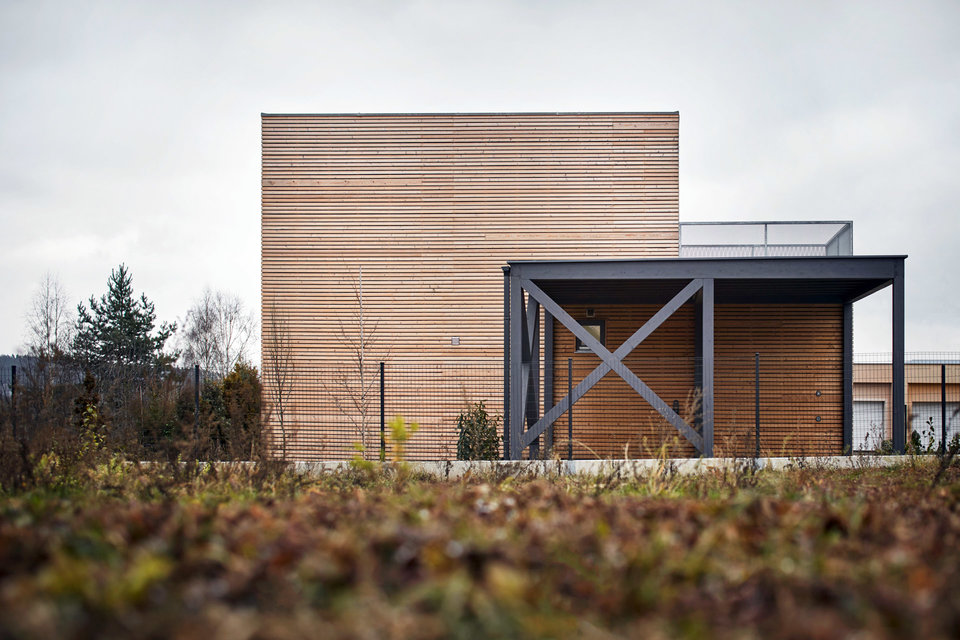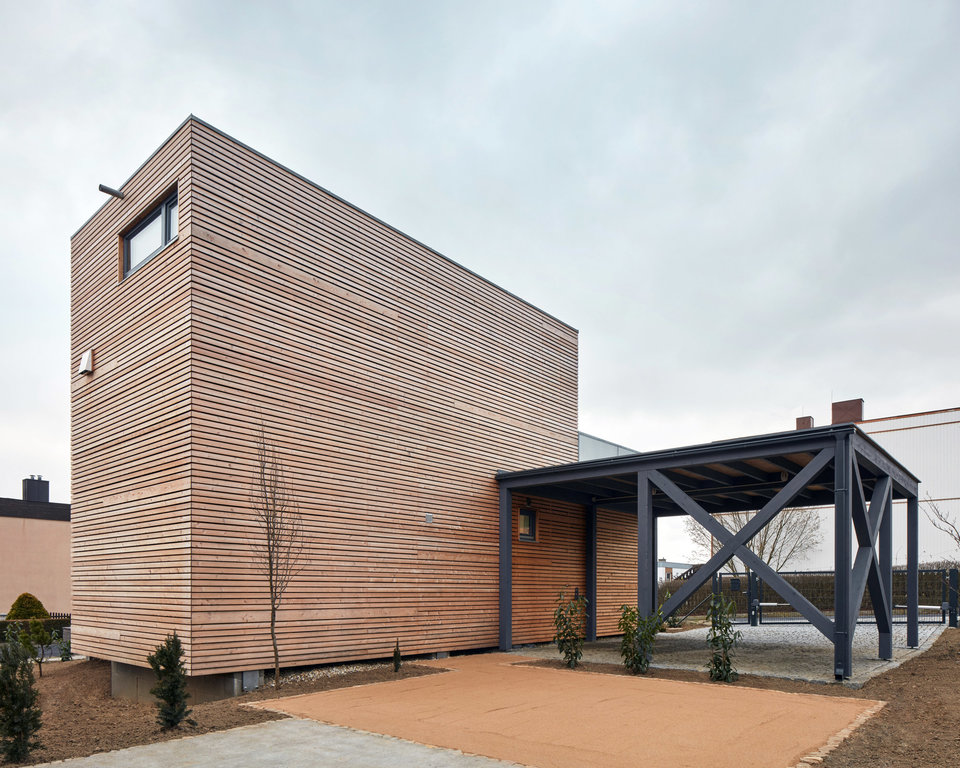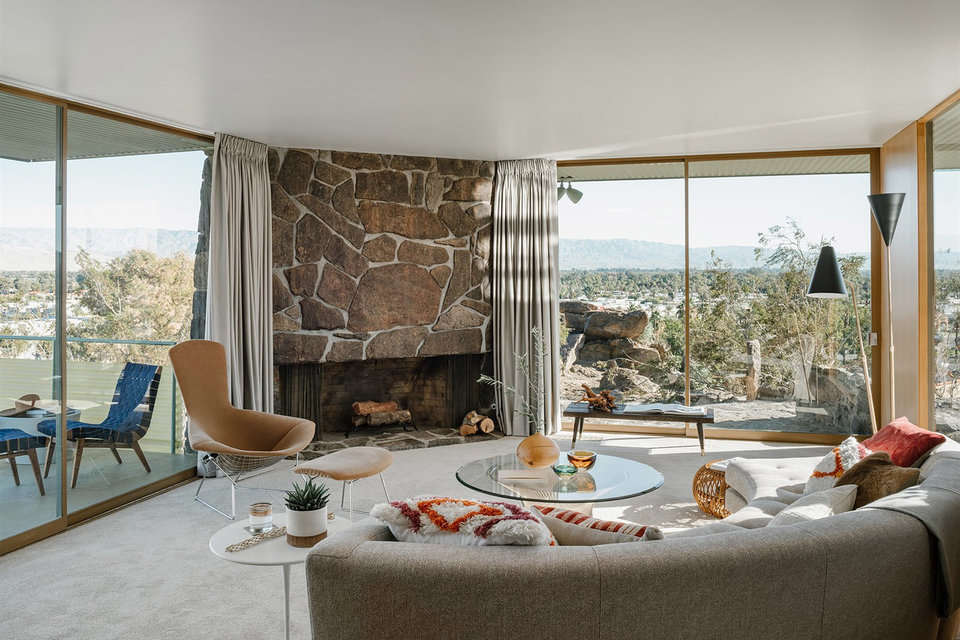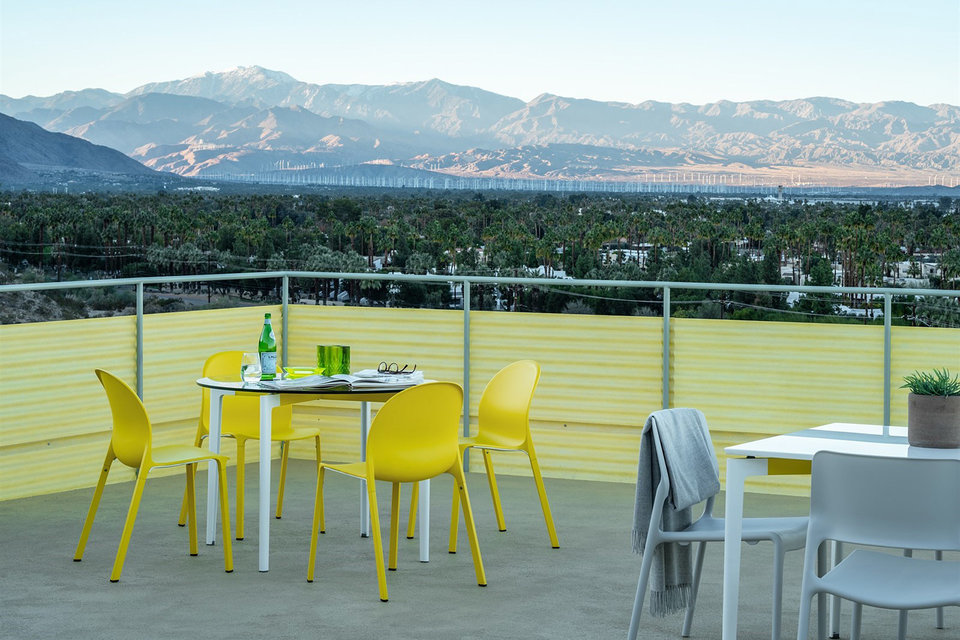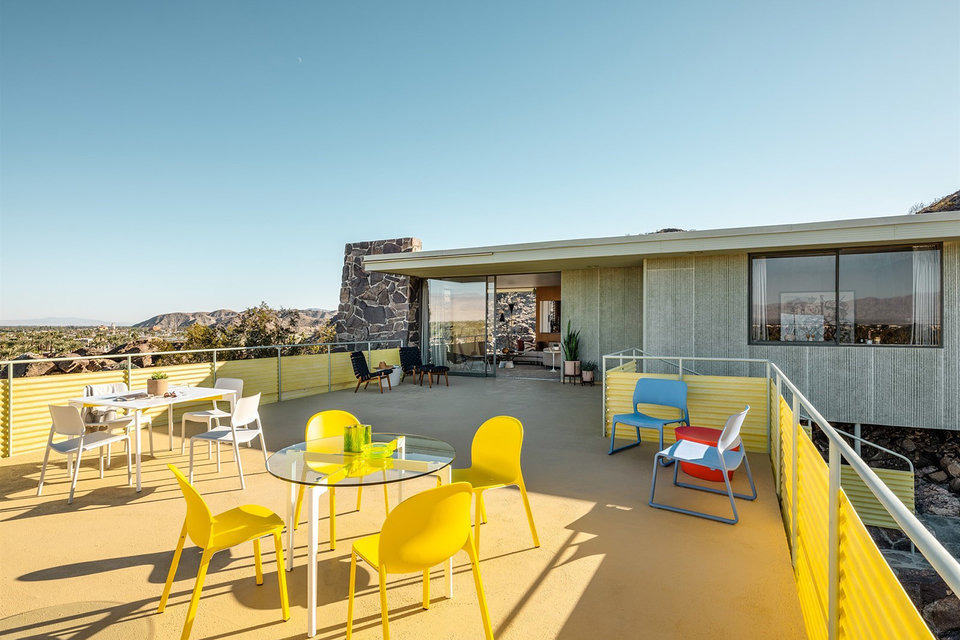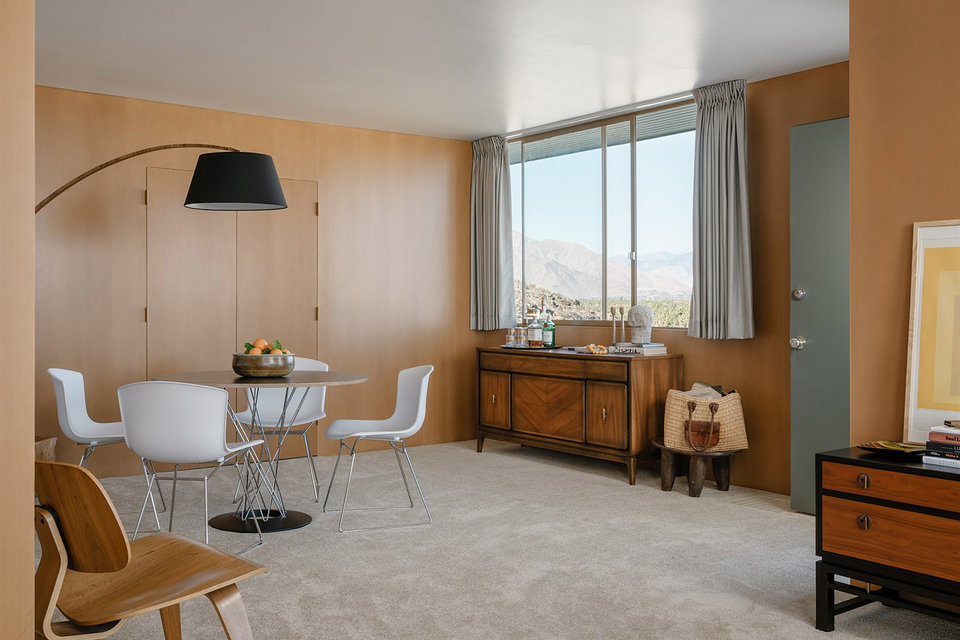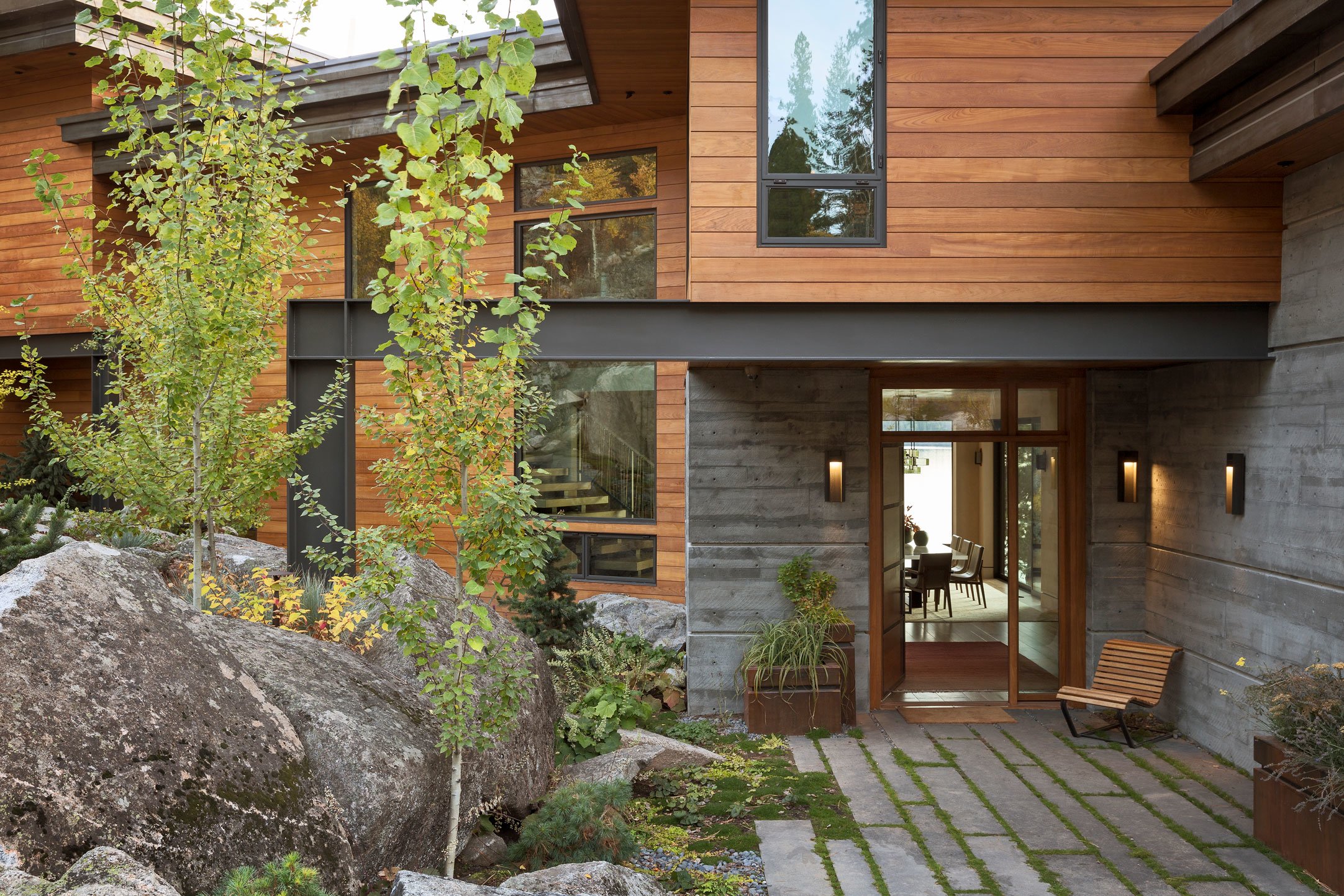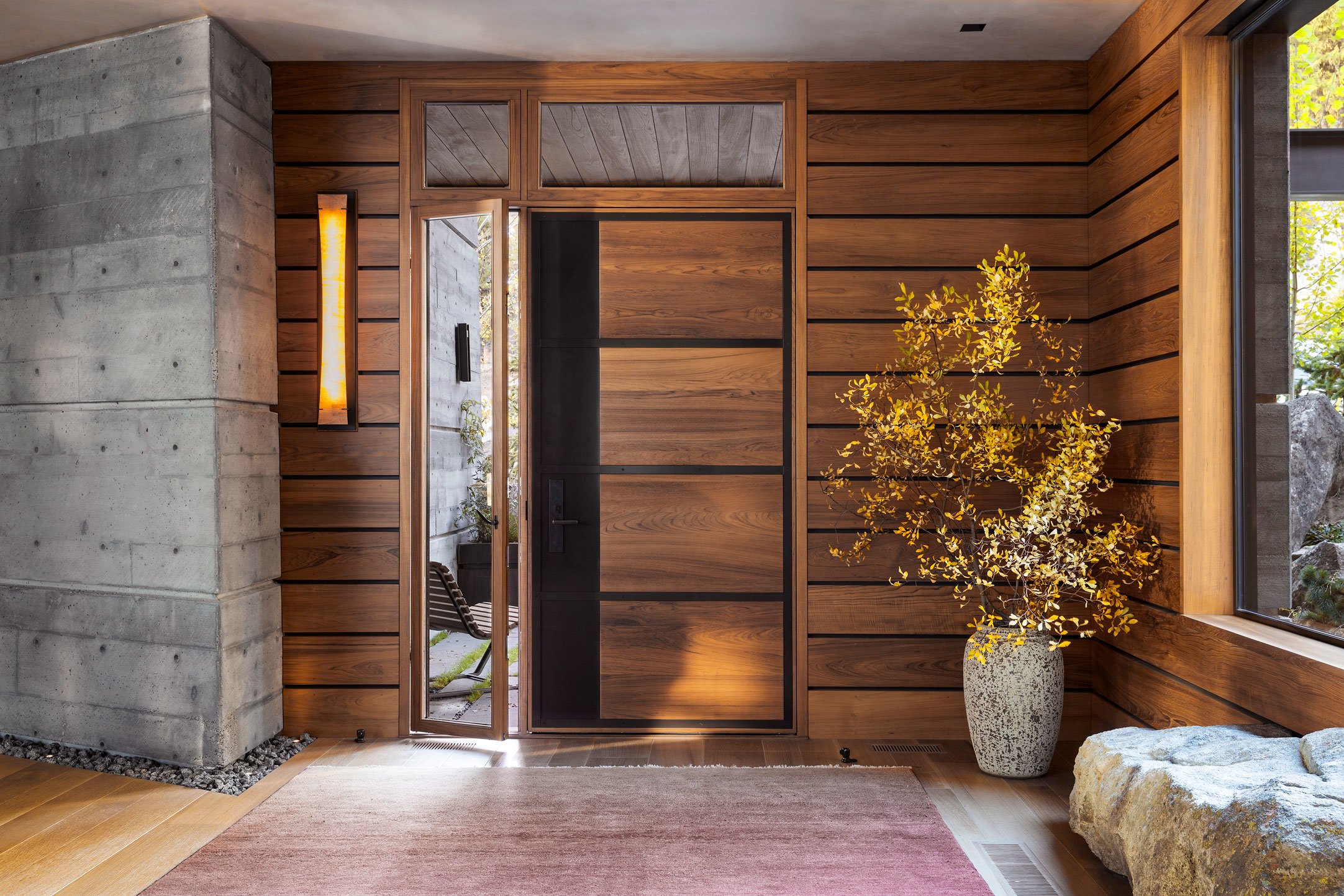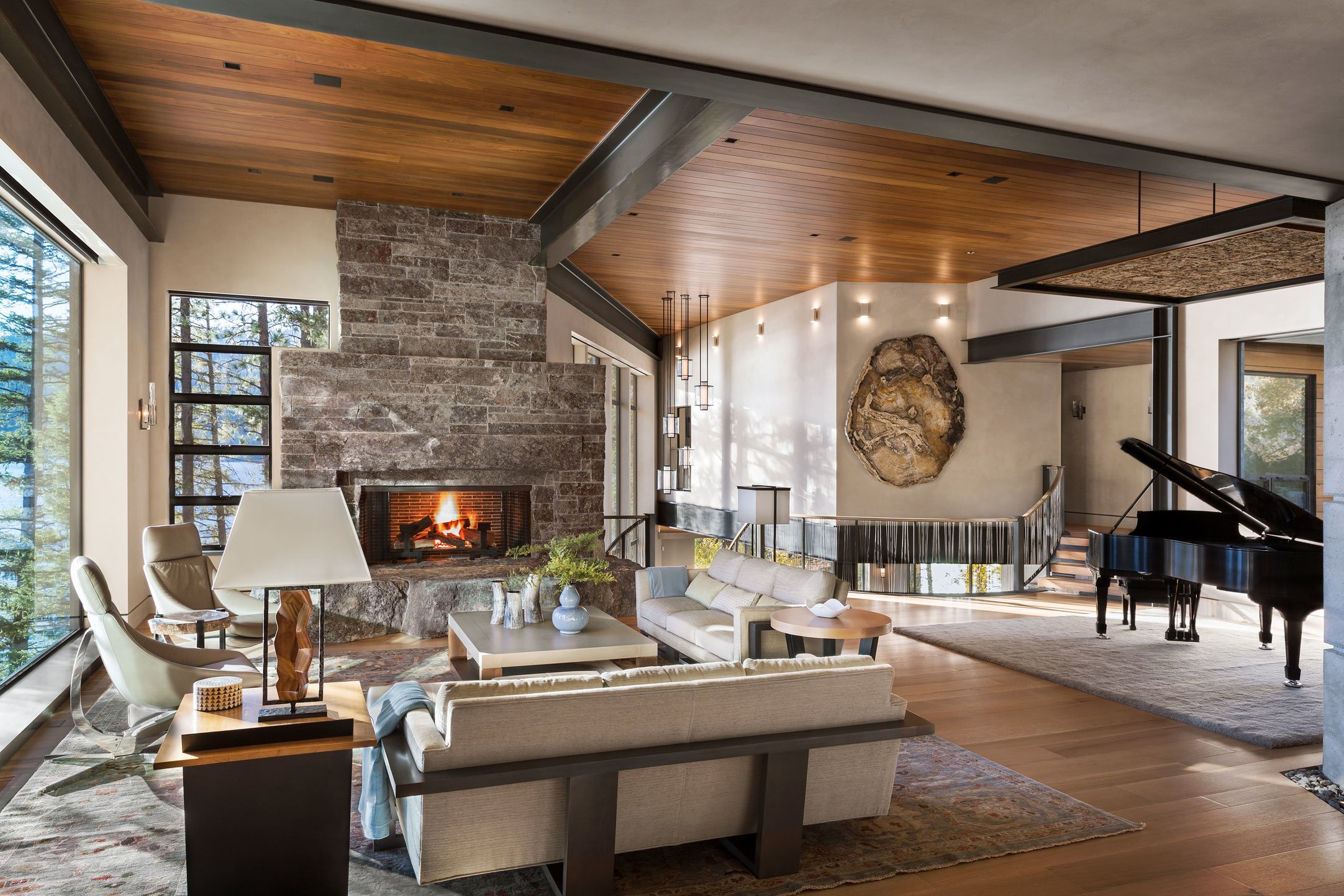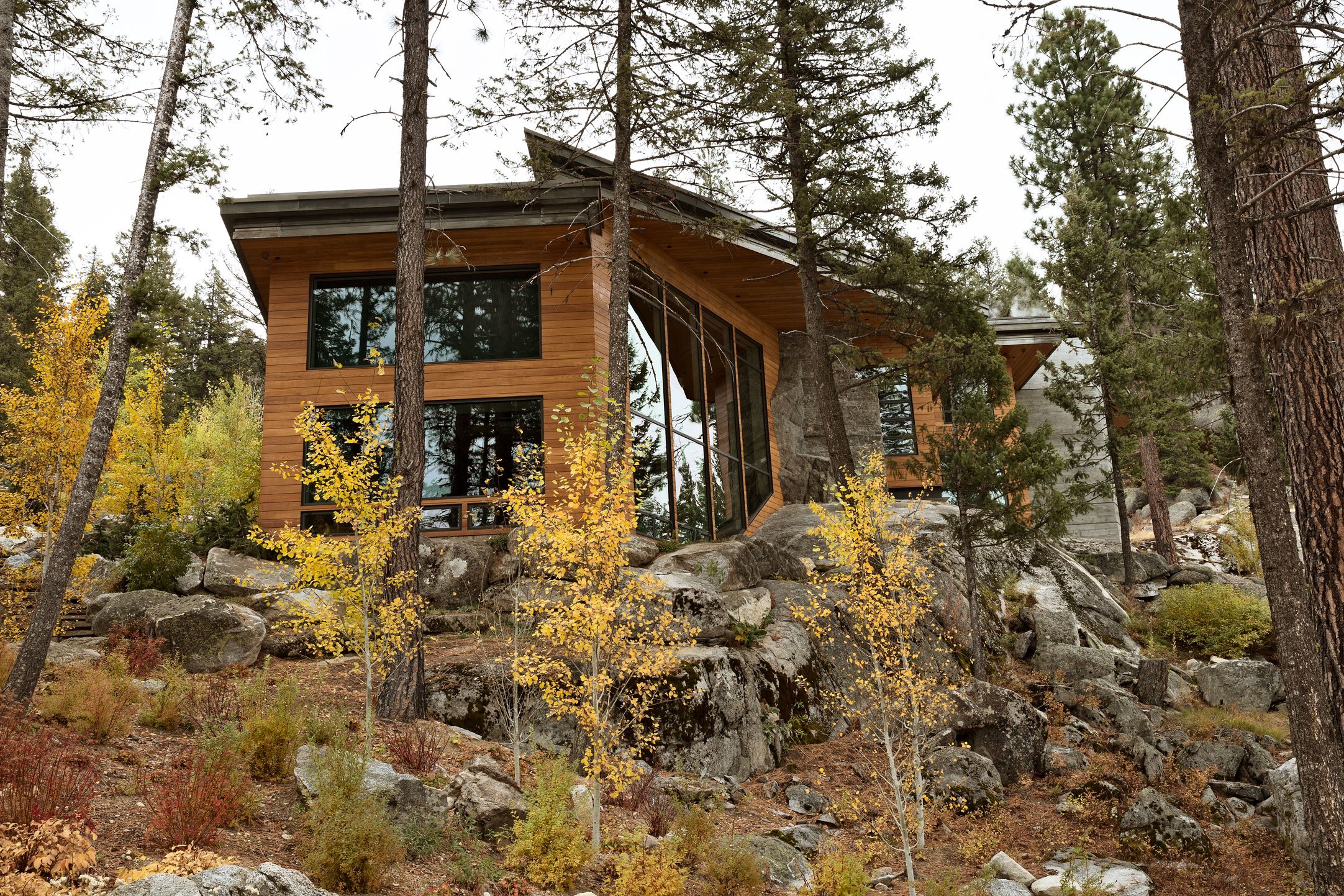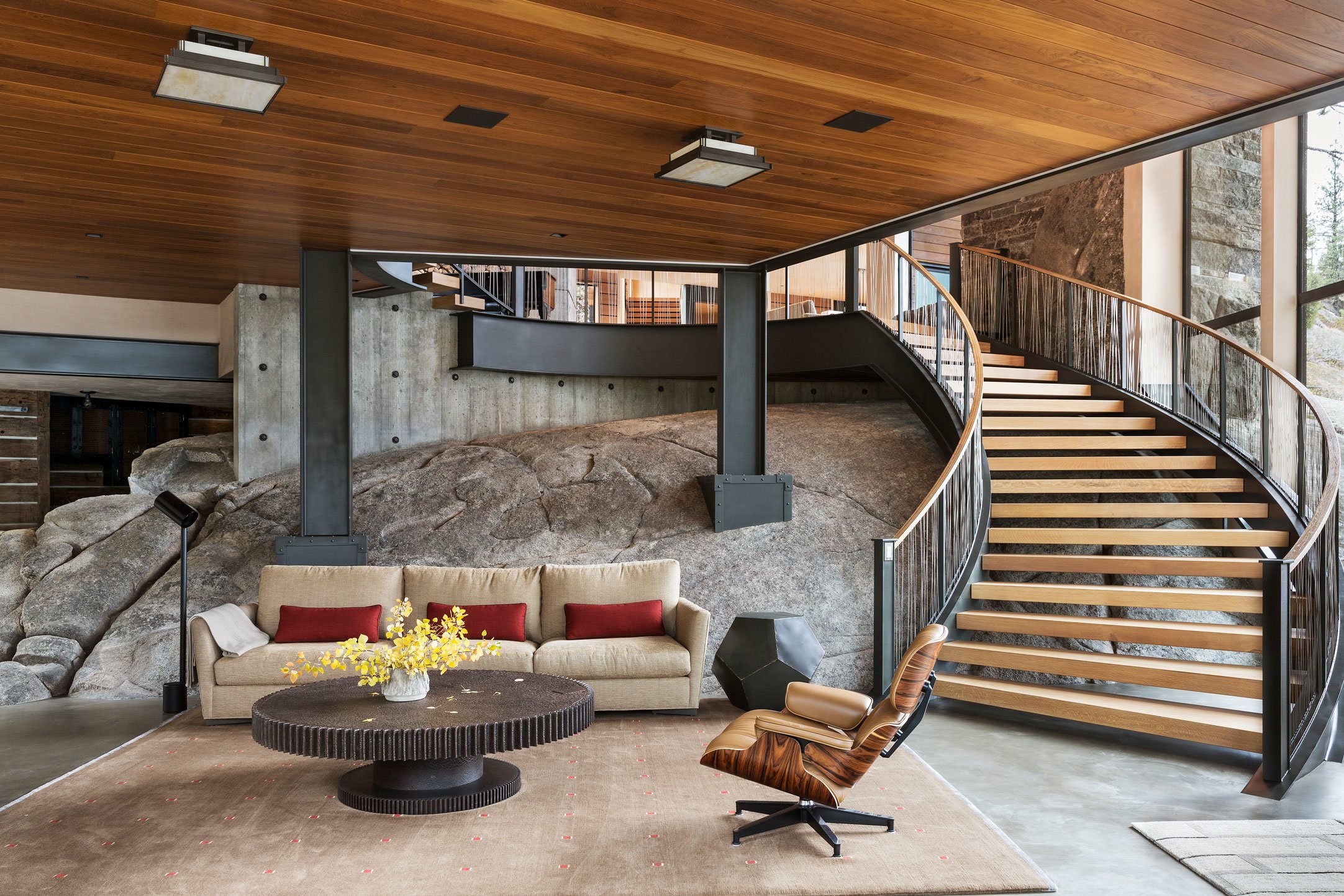Forest Living In The MH House
Per Jacobsen, this São Paulo haven is a slice of creature comfort amidst the rich Atlantic forest. Pretty nice surroundings, we should say. The MH House interacts with the greenery enveloping it by evoking a free-flowing design.
But really, though, what does “free-flowing” men? Is it another mumbo-jumbo on minimalism? Well, partly, yes. Free-flowing could mean less things and less distractions. But at the heart of it, free-flowing takes away as many boundaries as possible to redefine the constrictions of space by opposing it. In effect, you get quarters that don’t feel removed from the total structure — an integrated living abode with its parts in peaceful harmony.
You’ll find here an abundance of glazed doors, sliding open to fetch you from the main living area toward a large outdoor terrace for open-air living. Open-air living might be too on the nose in describing a space that resides in the forest, but that’s a small blemish of semantics. And, really, how else might it be described? There’s lush vegetation everywhere. And it’s around you. Open-air living sounds just right.
This outdoor space offers an atmosphere that’s both cozy and calm. You can swim, longue, read a novel, or just stare at the just in idle. Elsewhere, you’ll see a modern aesthetic, but with natural materials thrown in for a healthy balance. You’ll see plenty of wood-lined surfaces, sawed granite floors, and timber cladding. The house invites the outside in. It’s such a cliche thing to say, of course. But cliches exist for a reason.
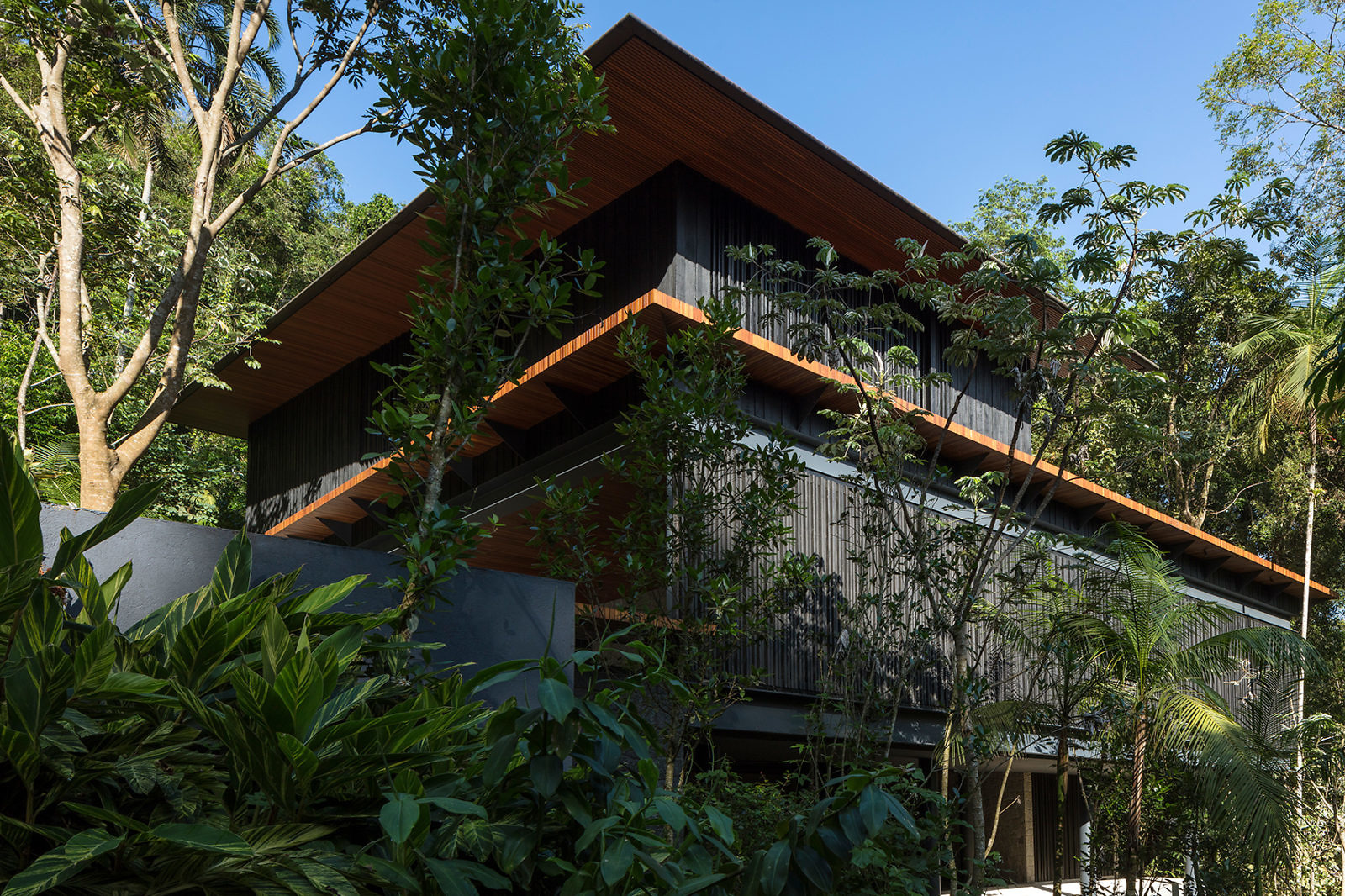
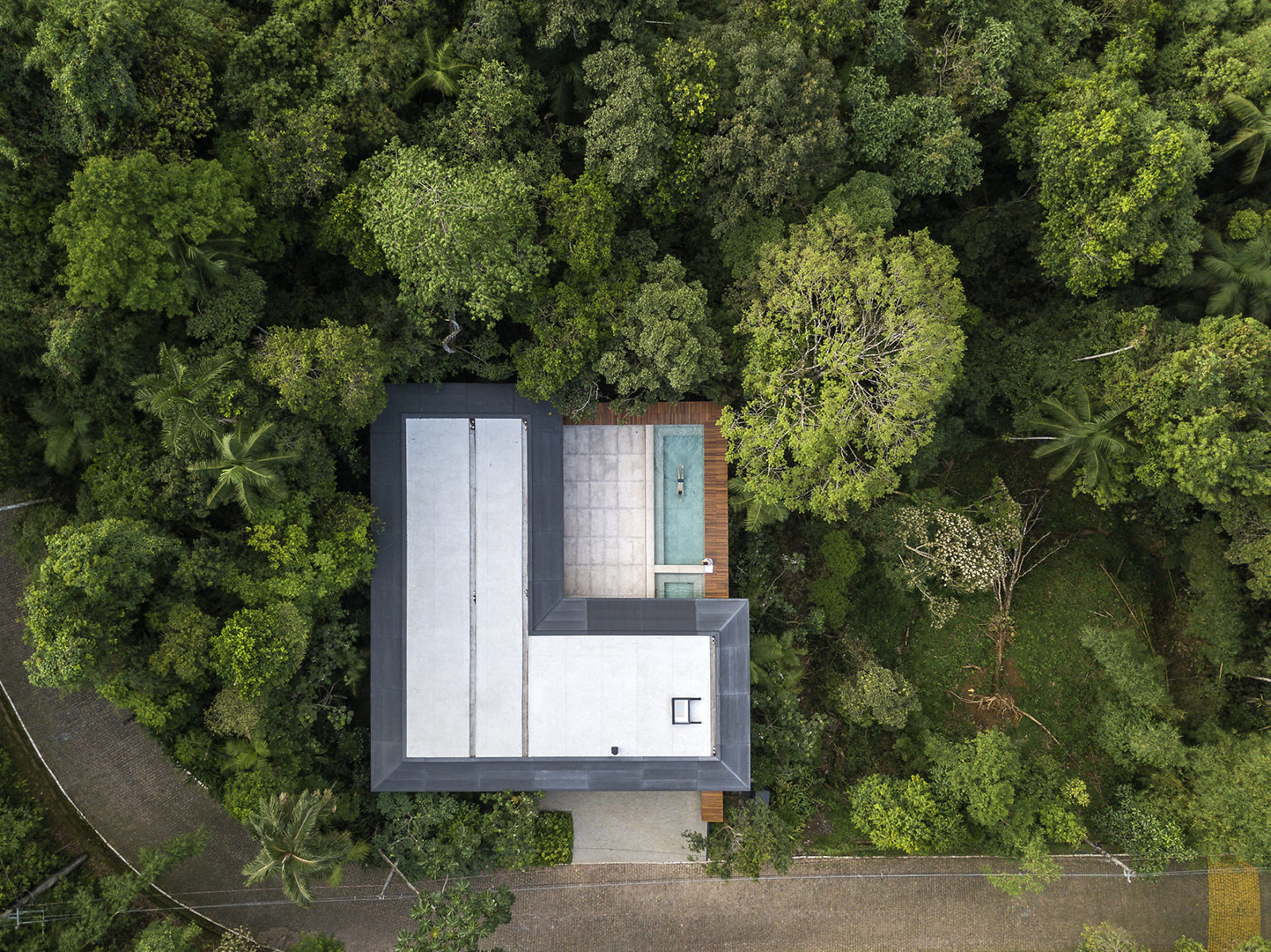
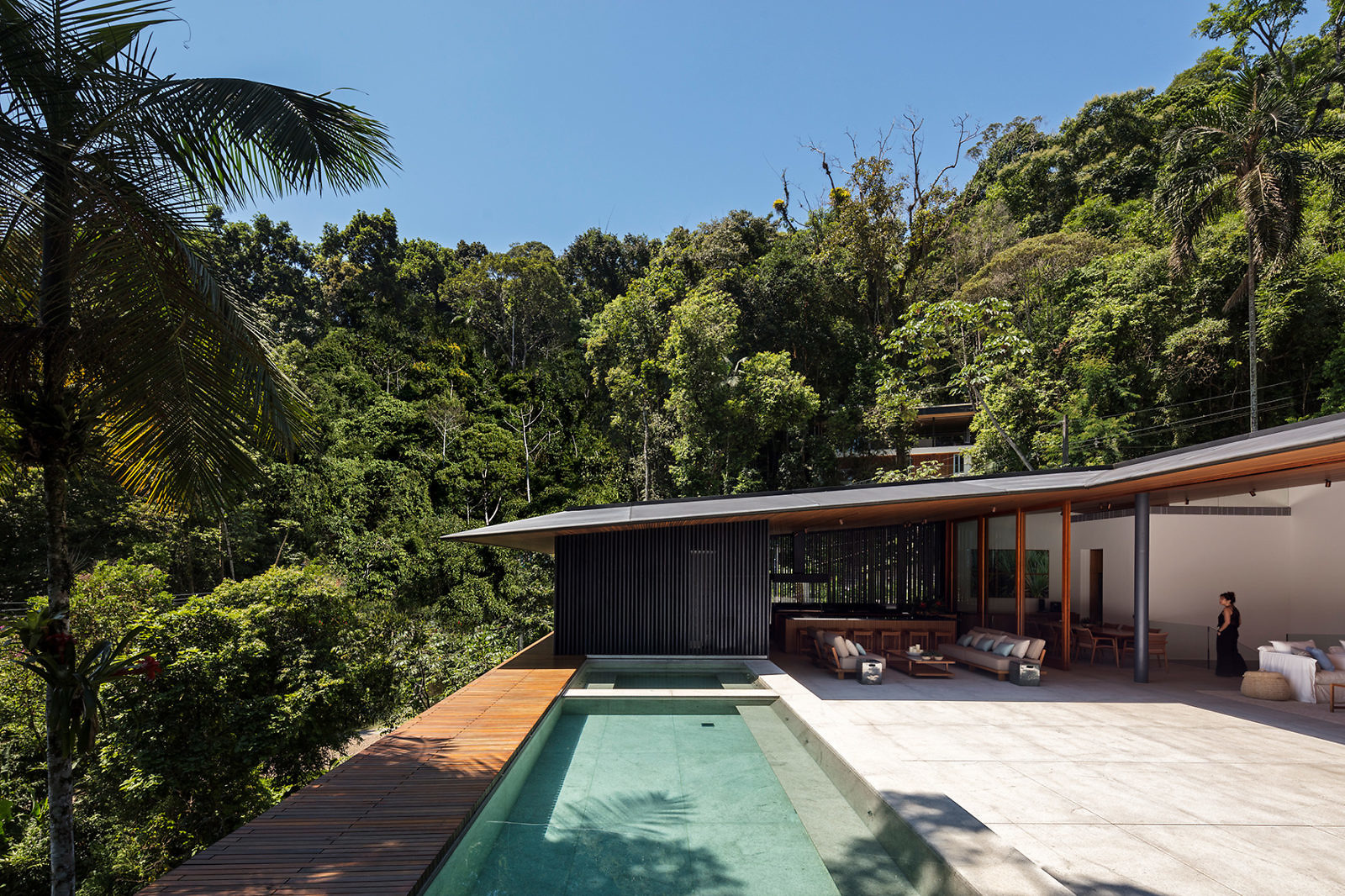


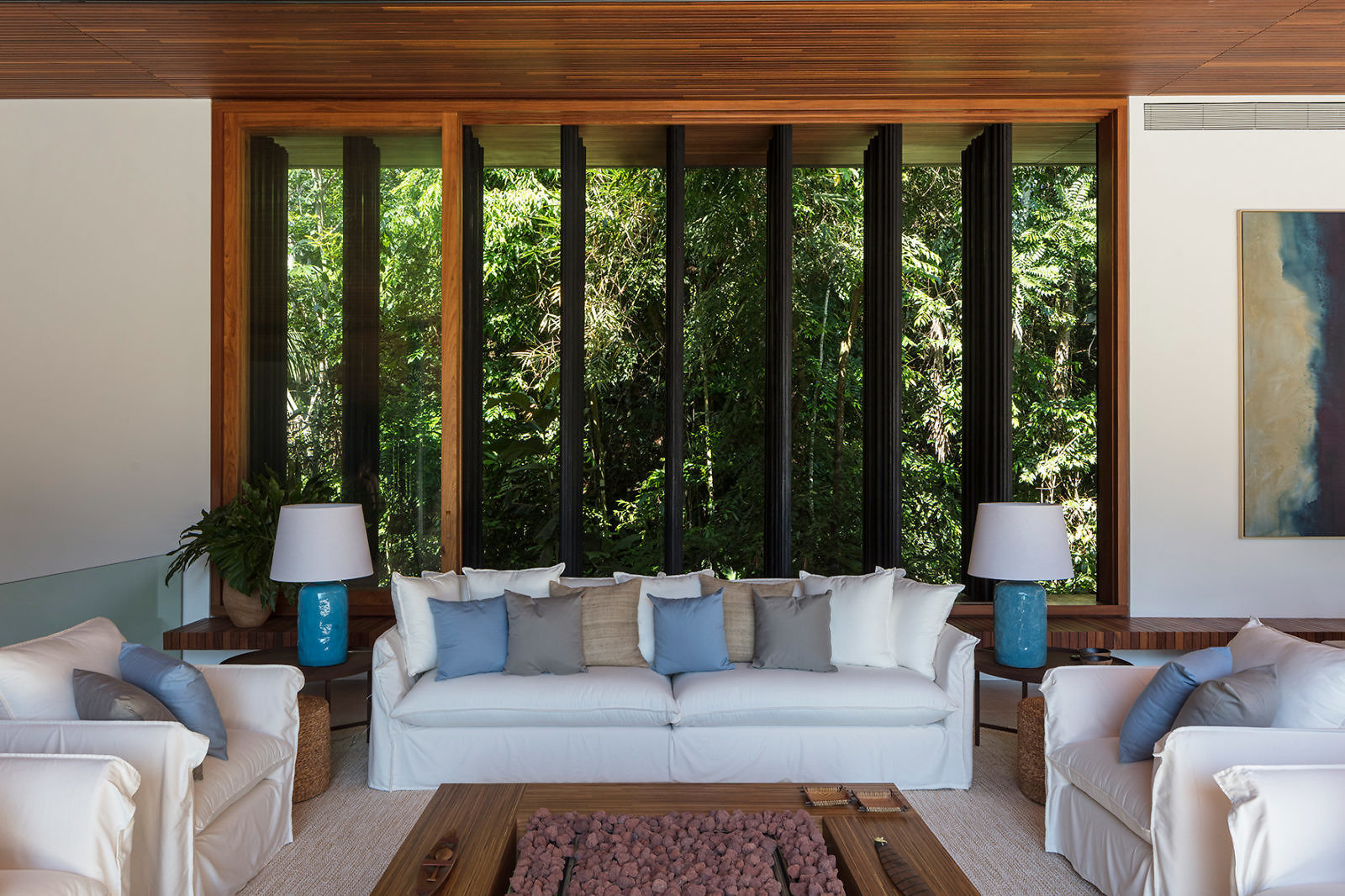
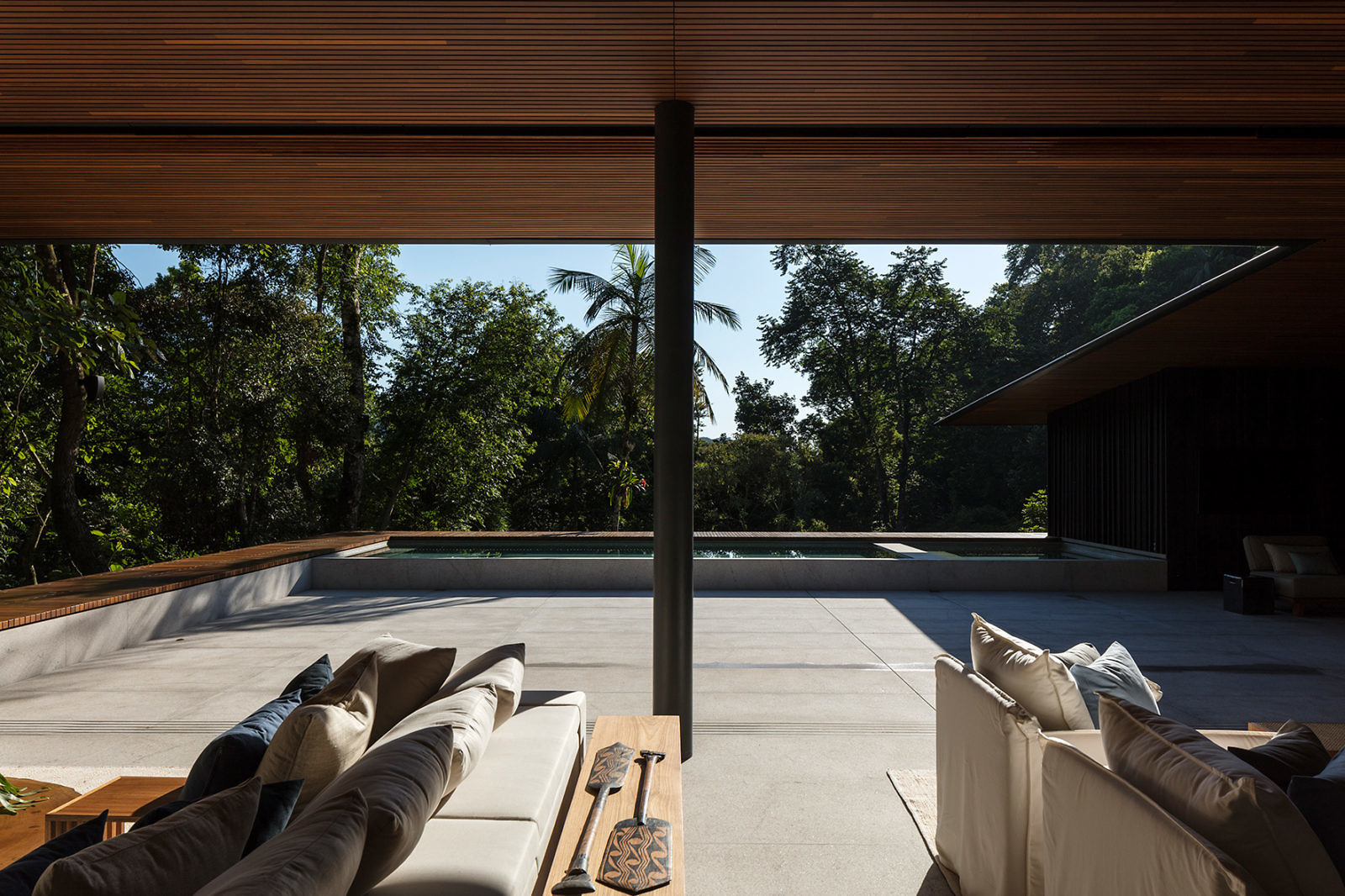

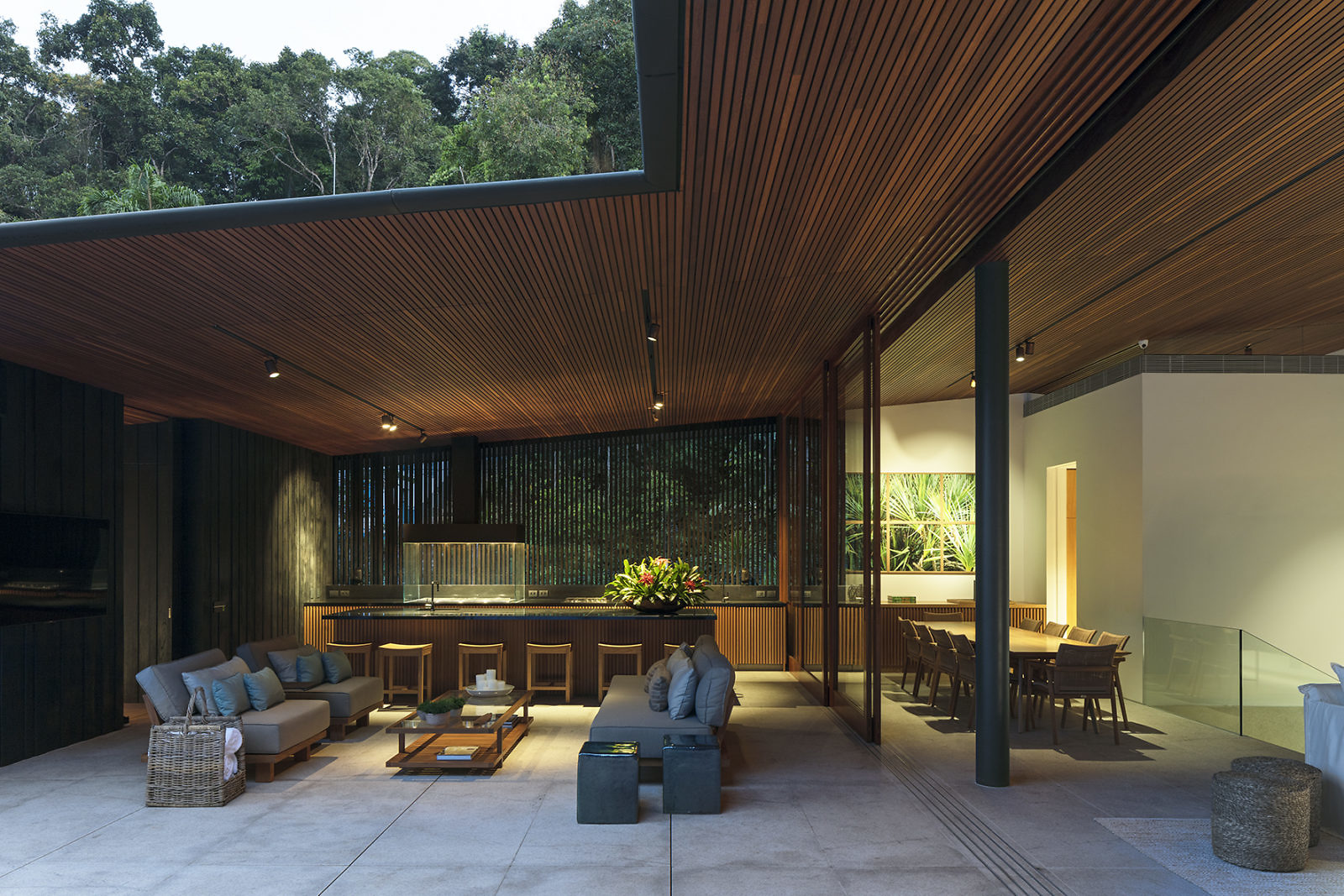



Photos courtesy of Jacobsen






